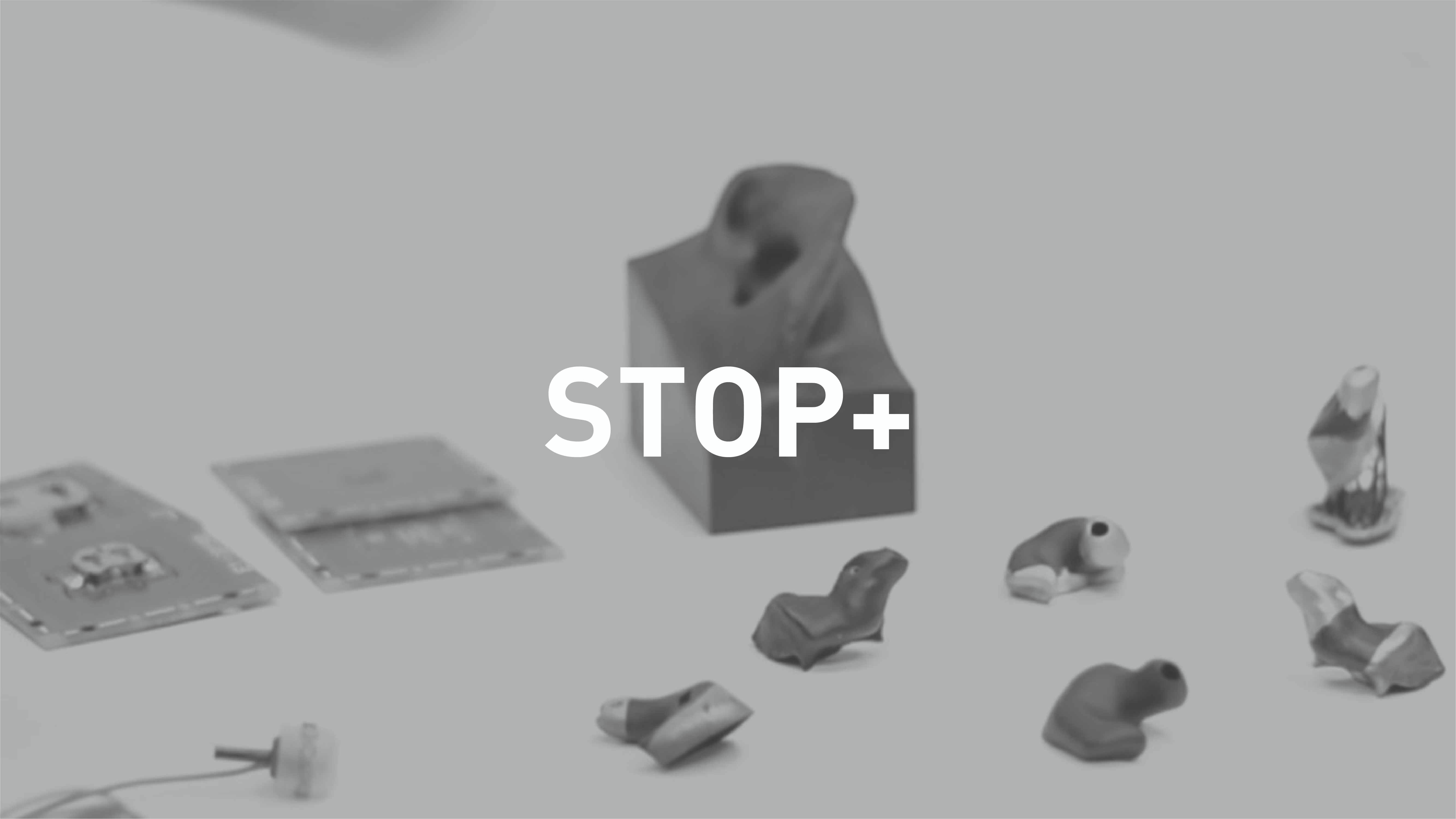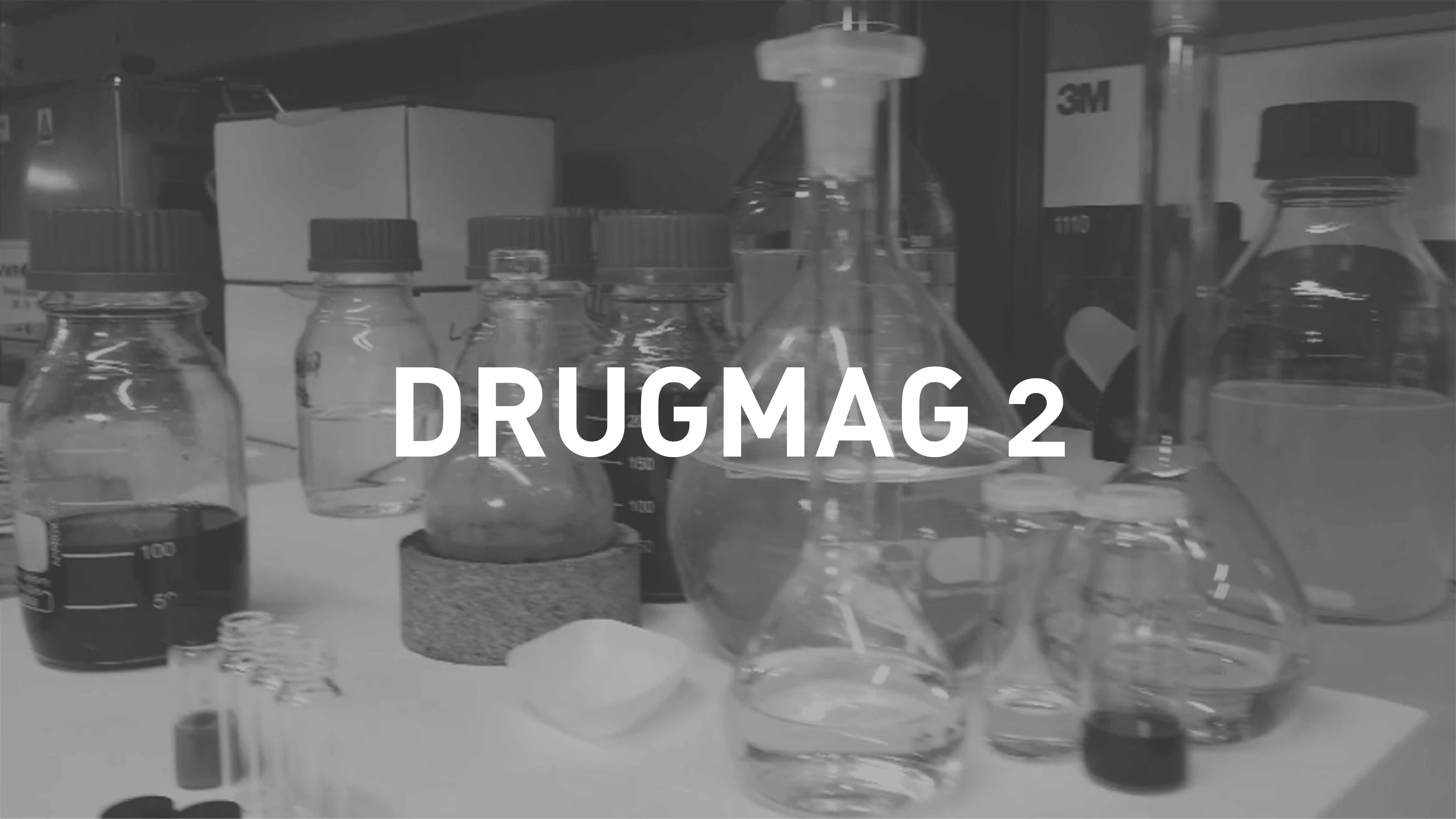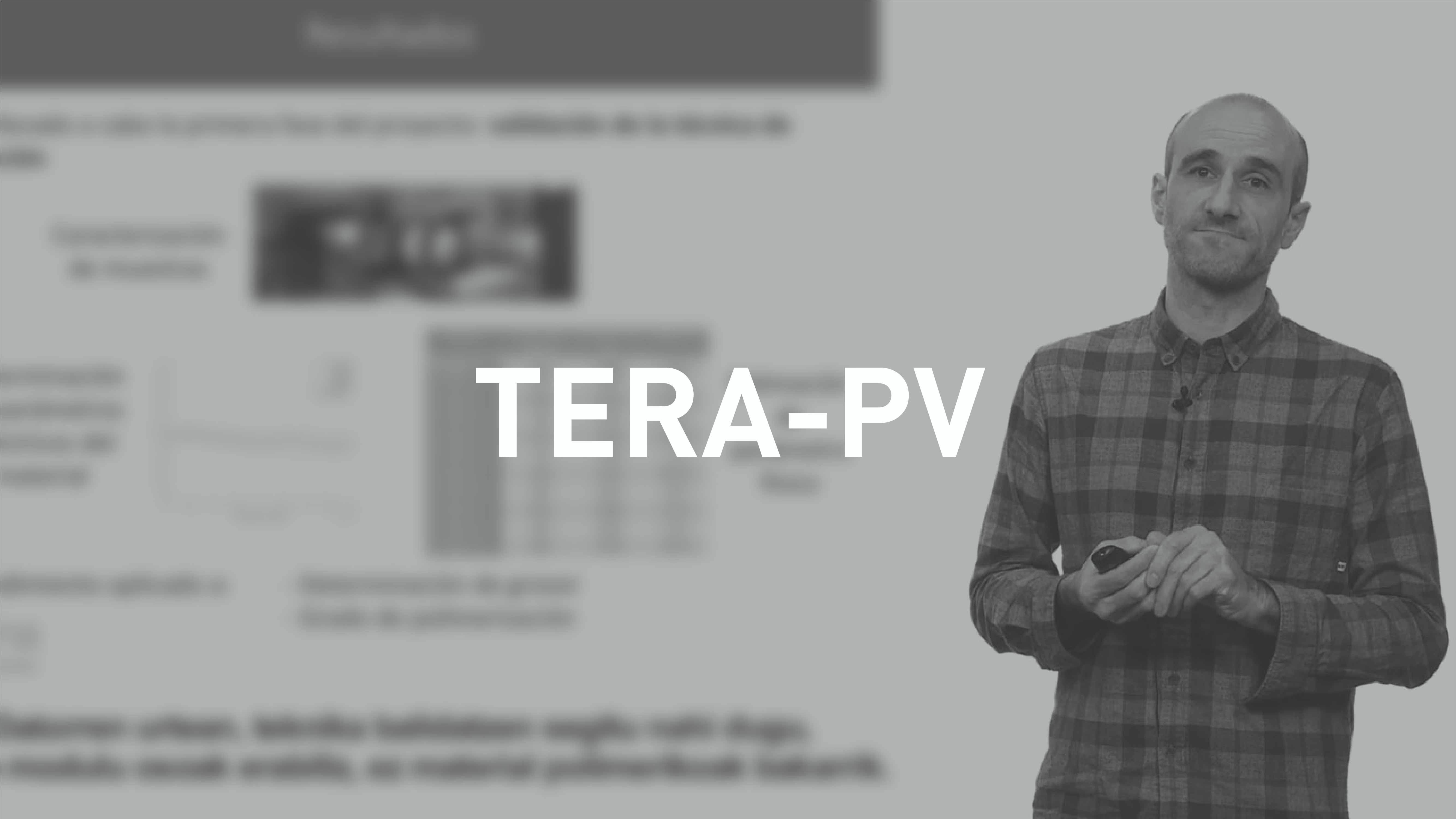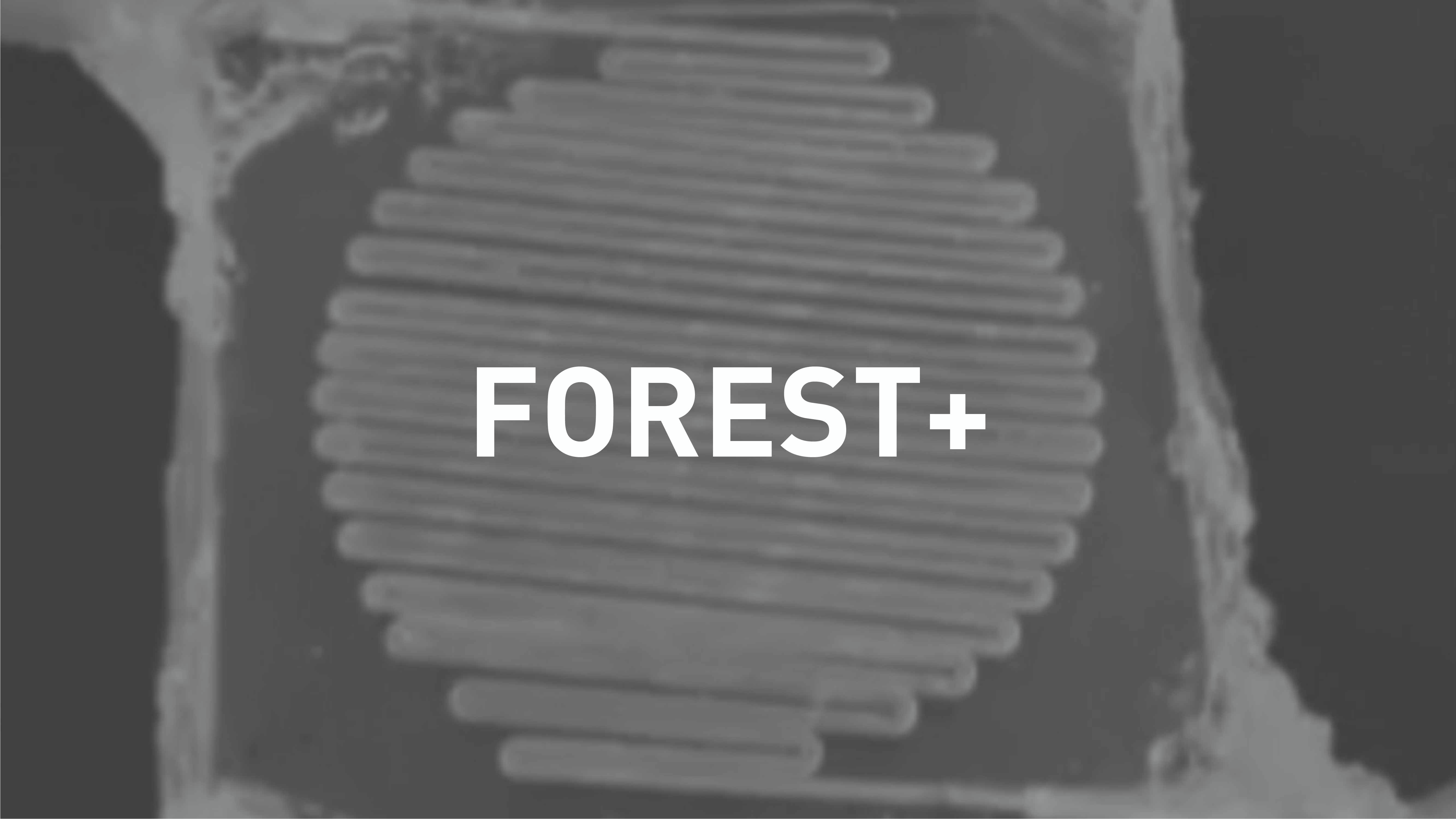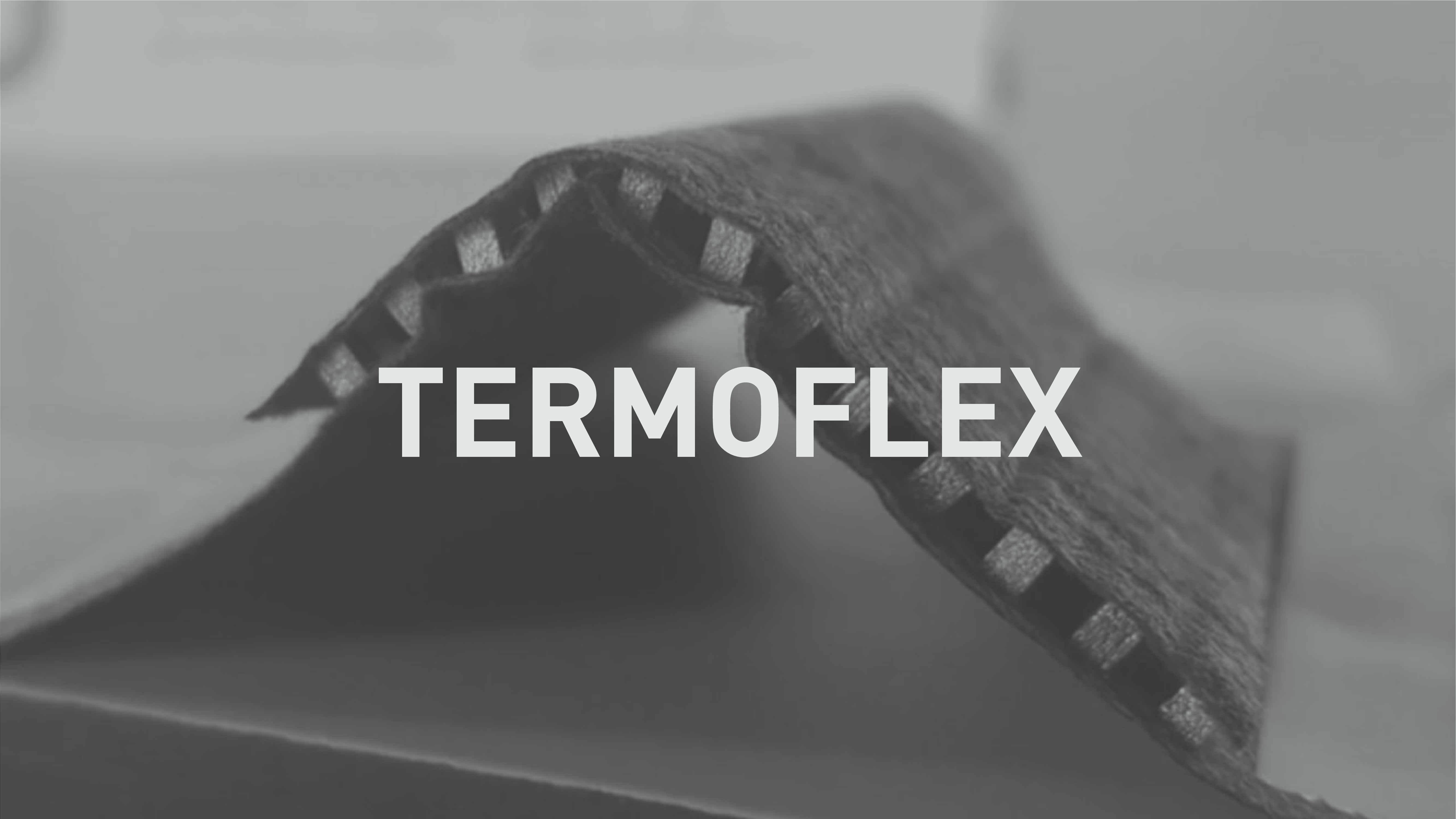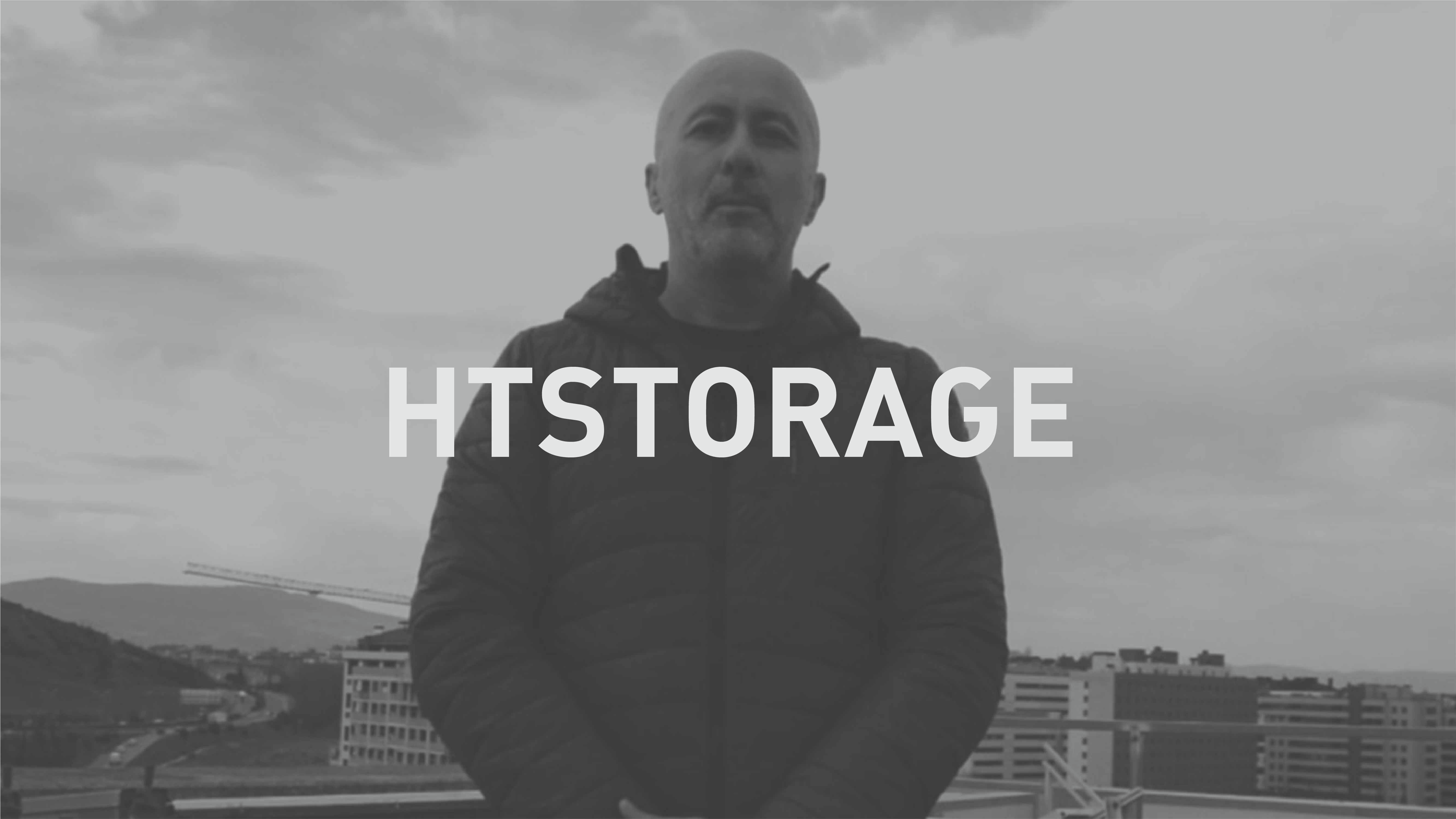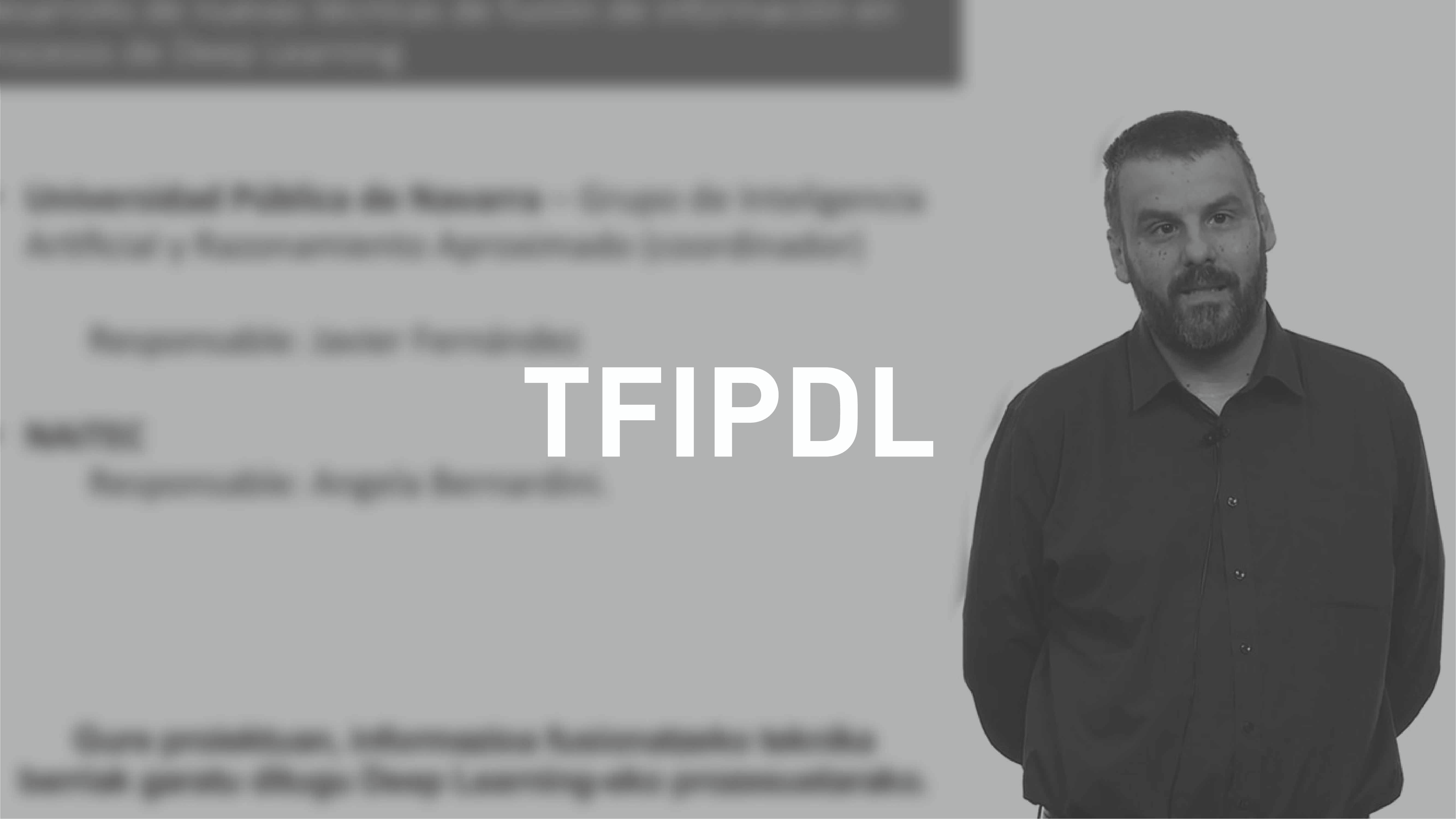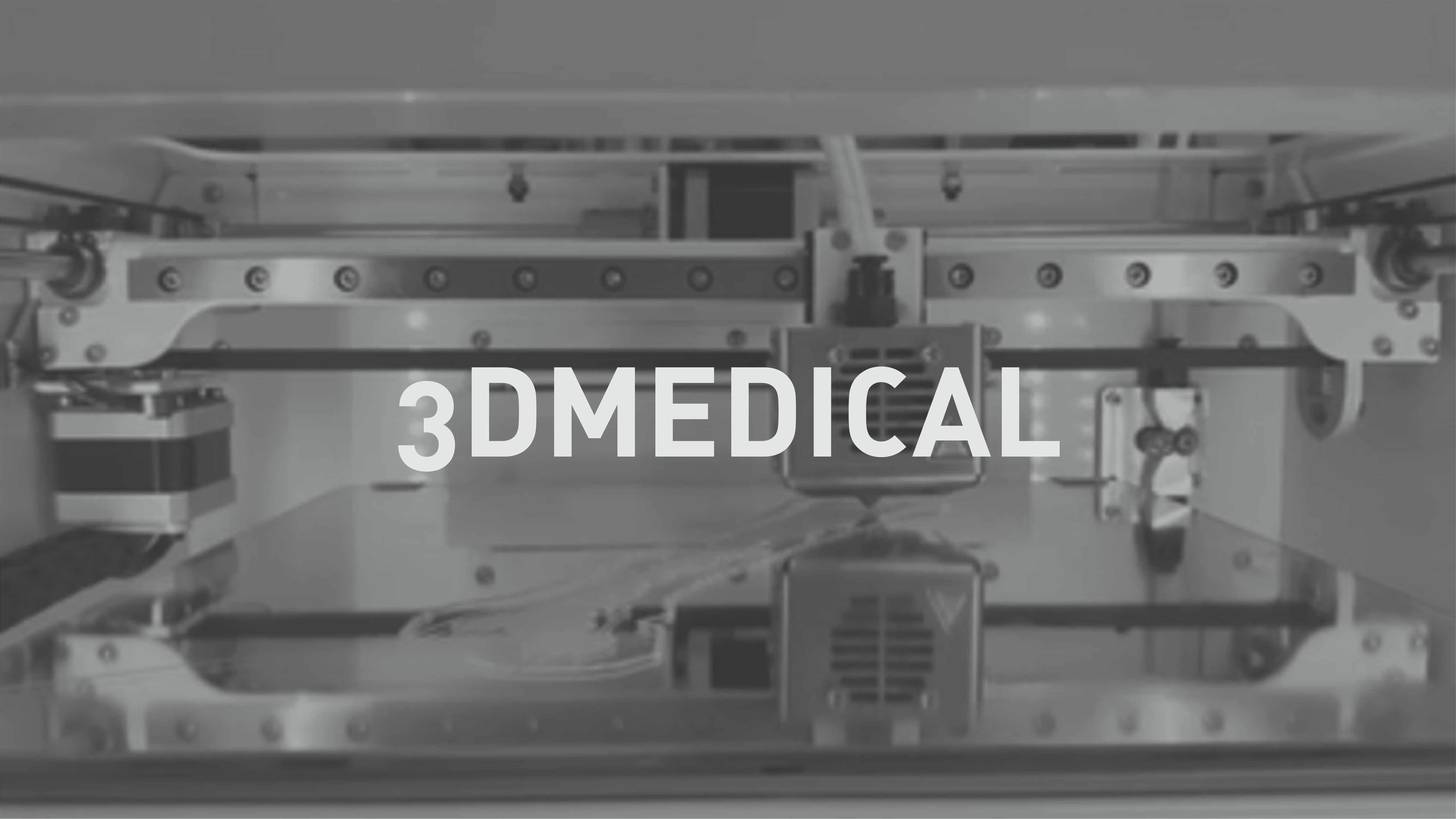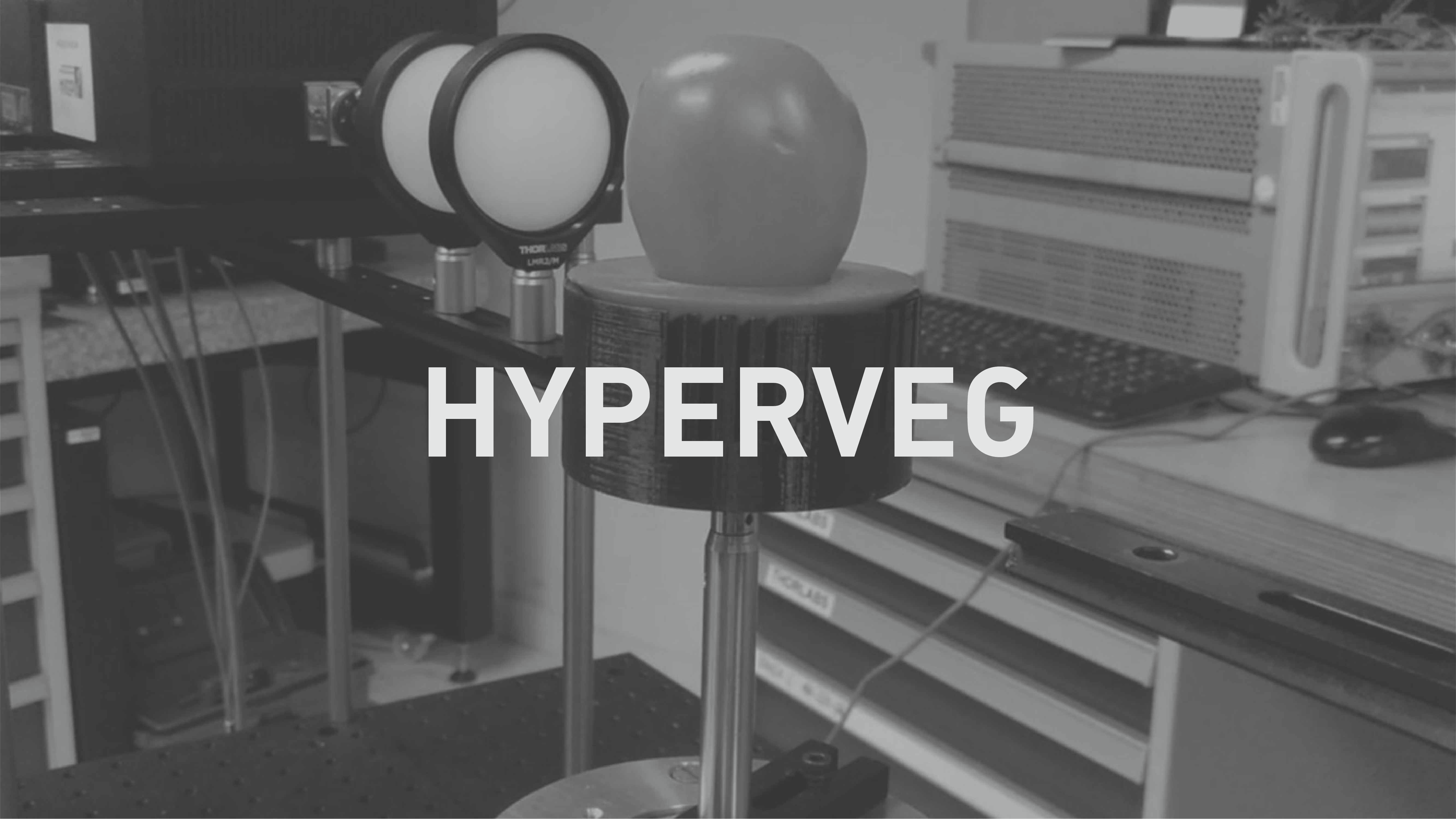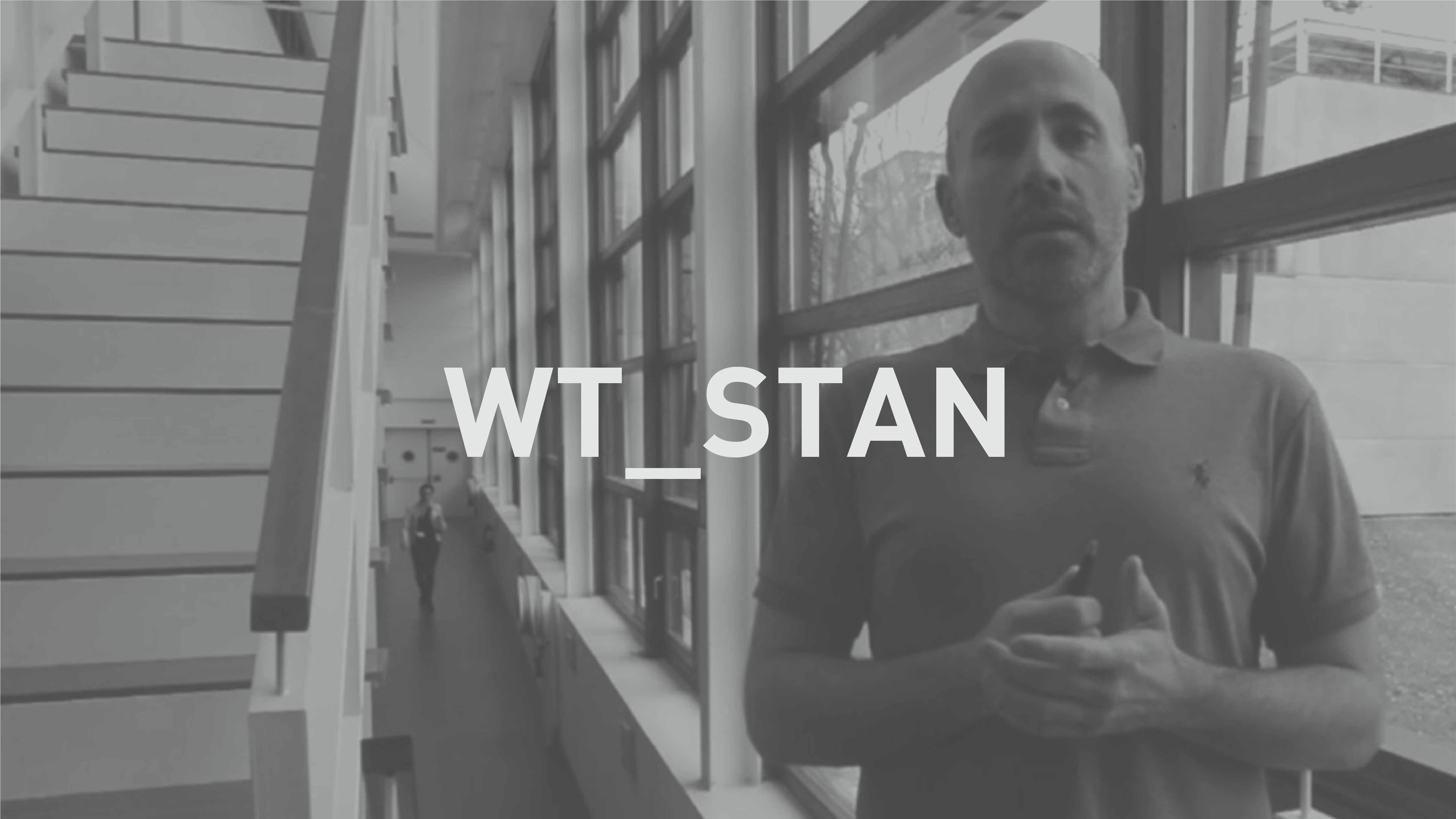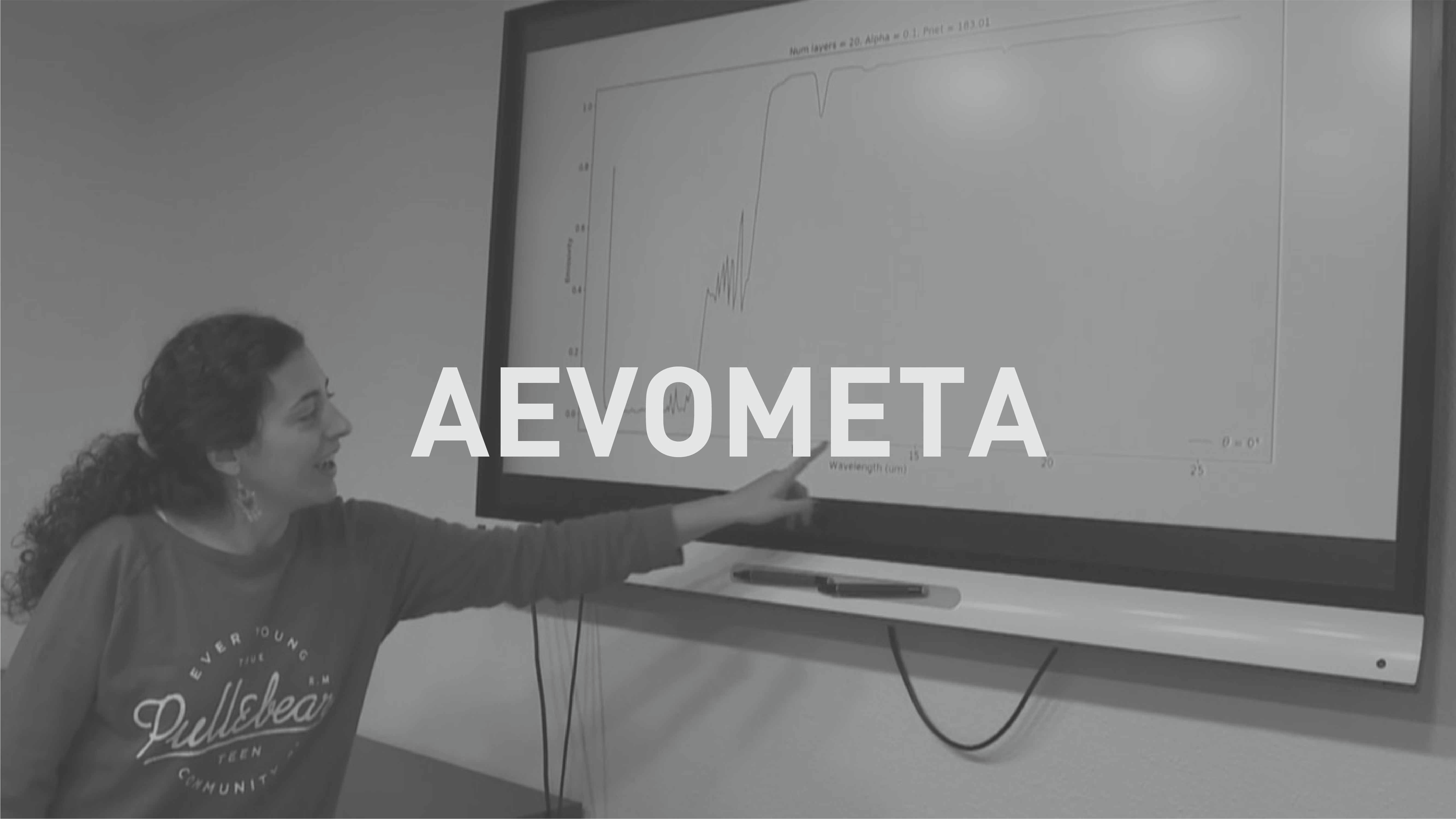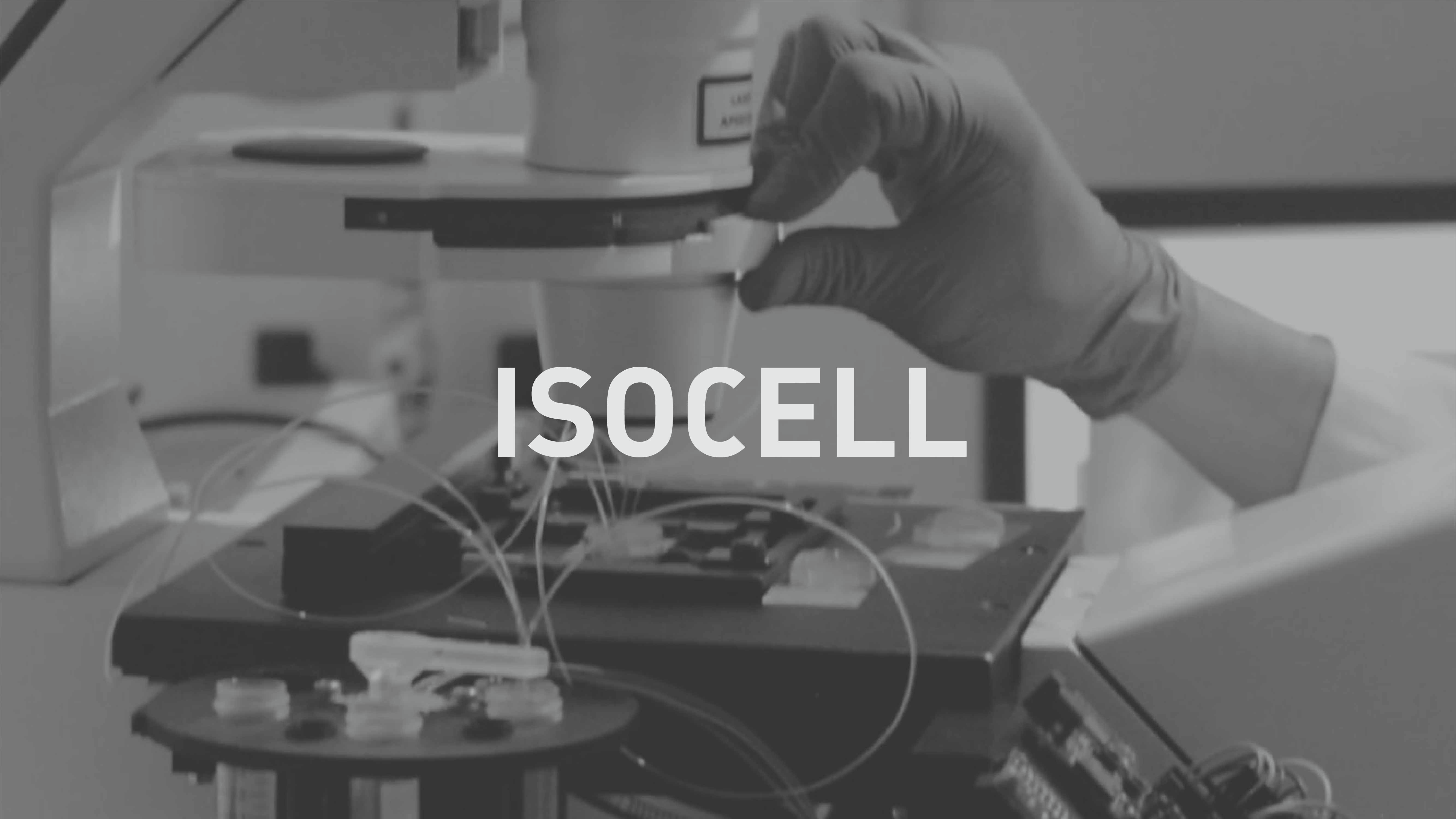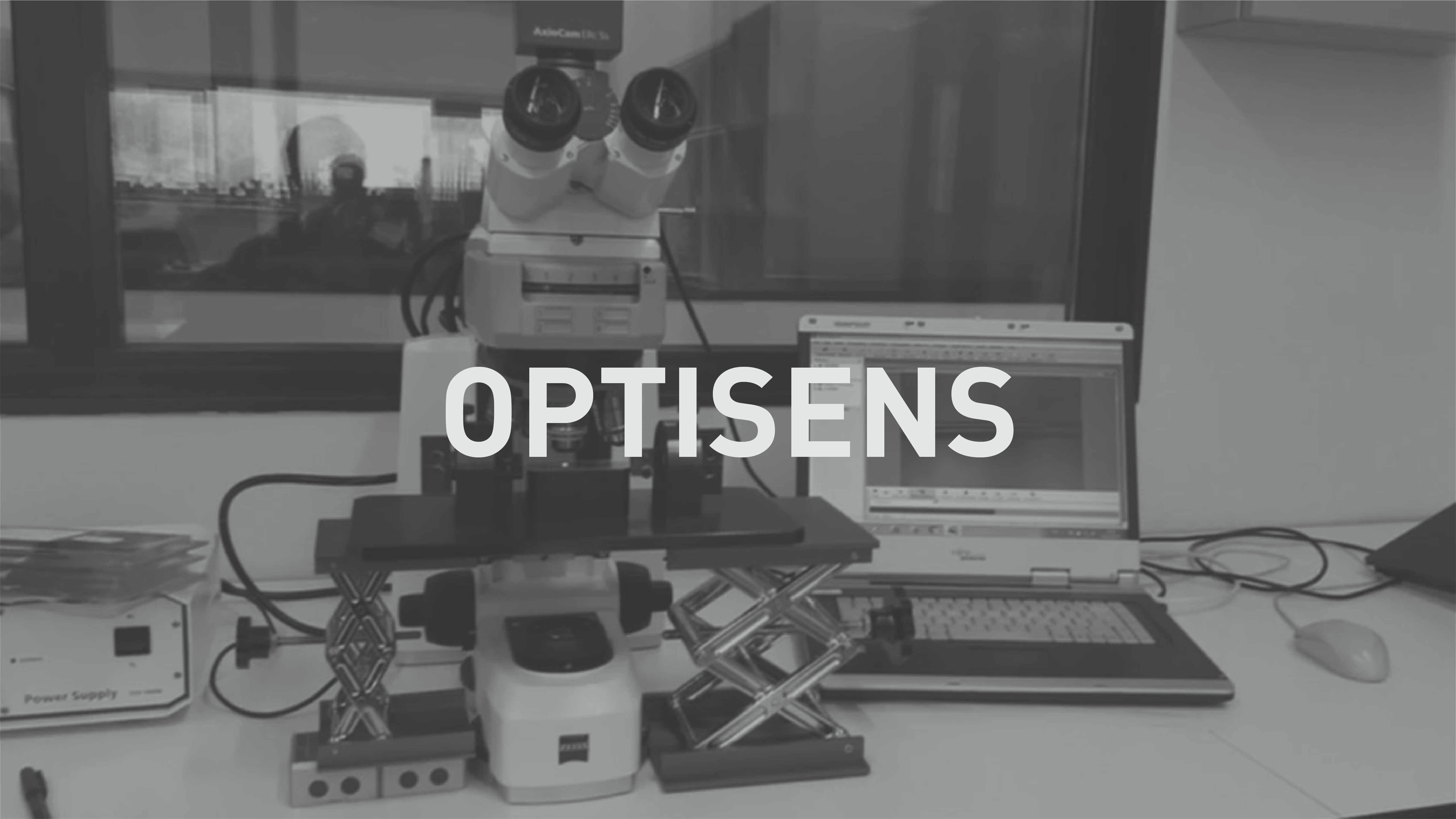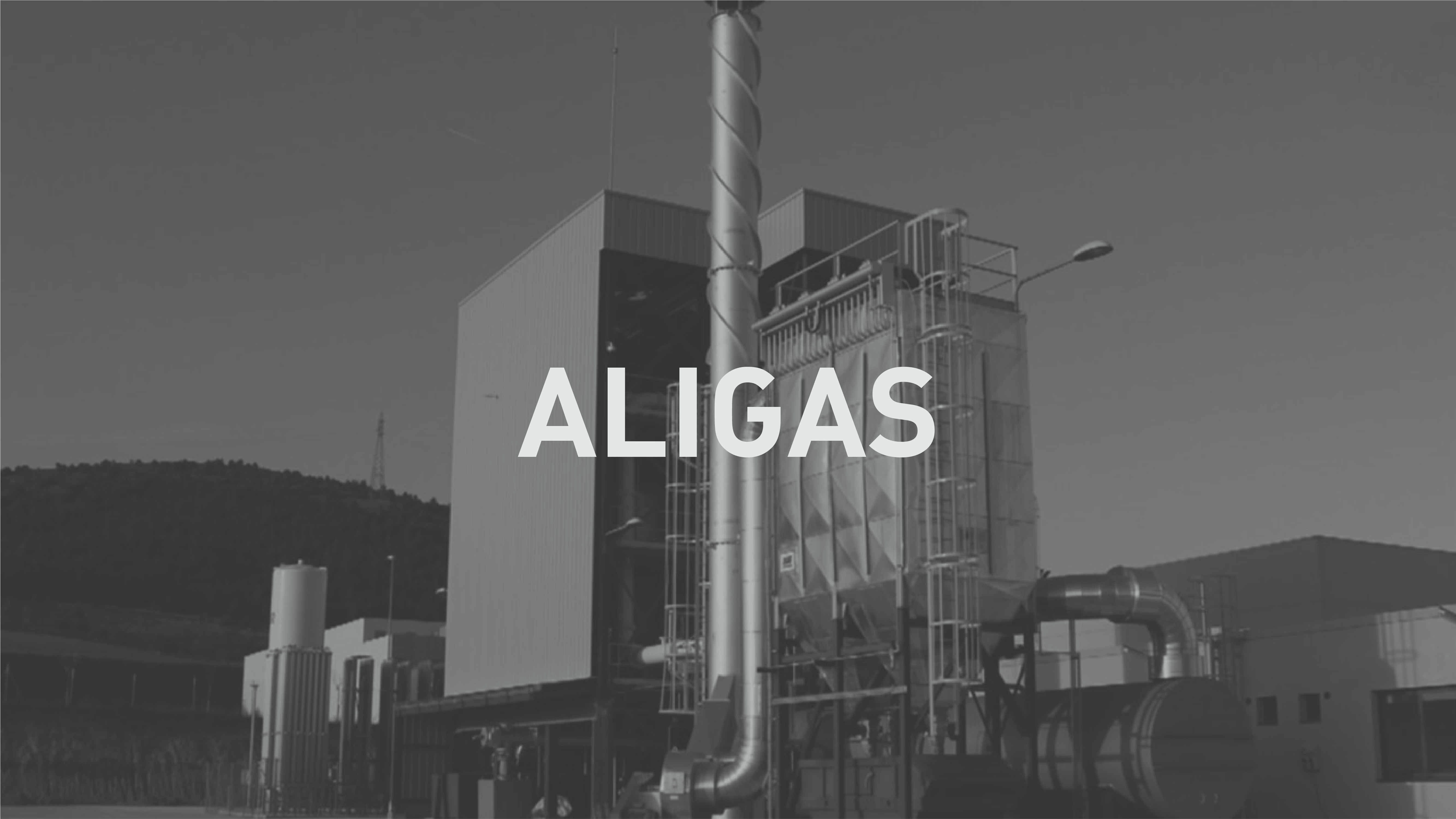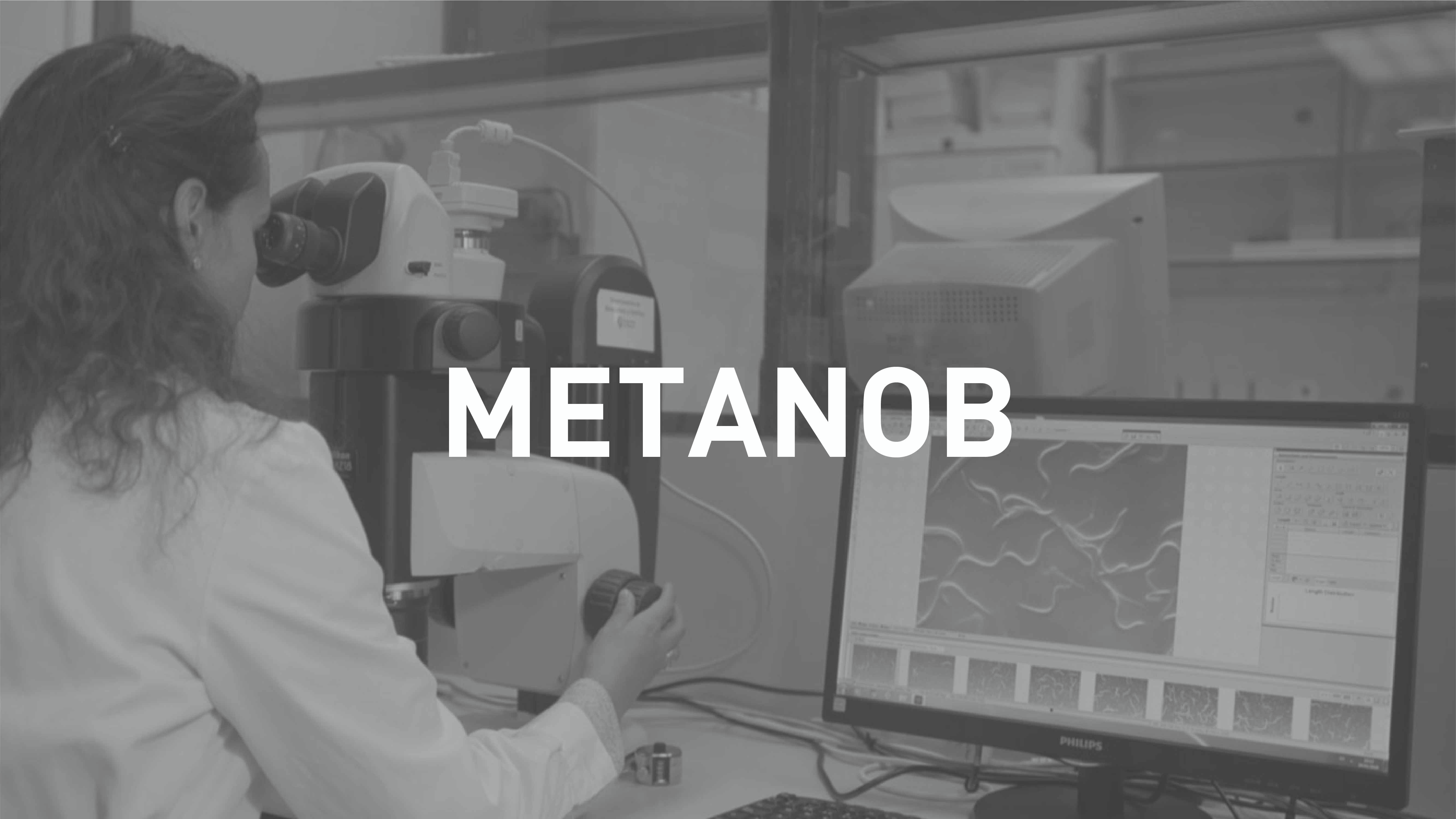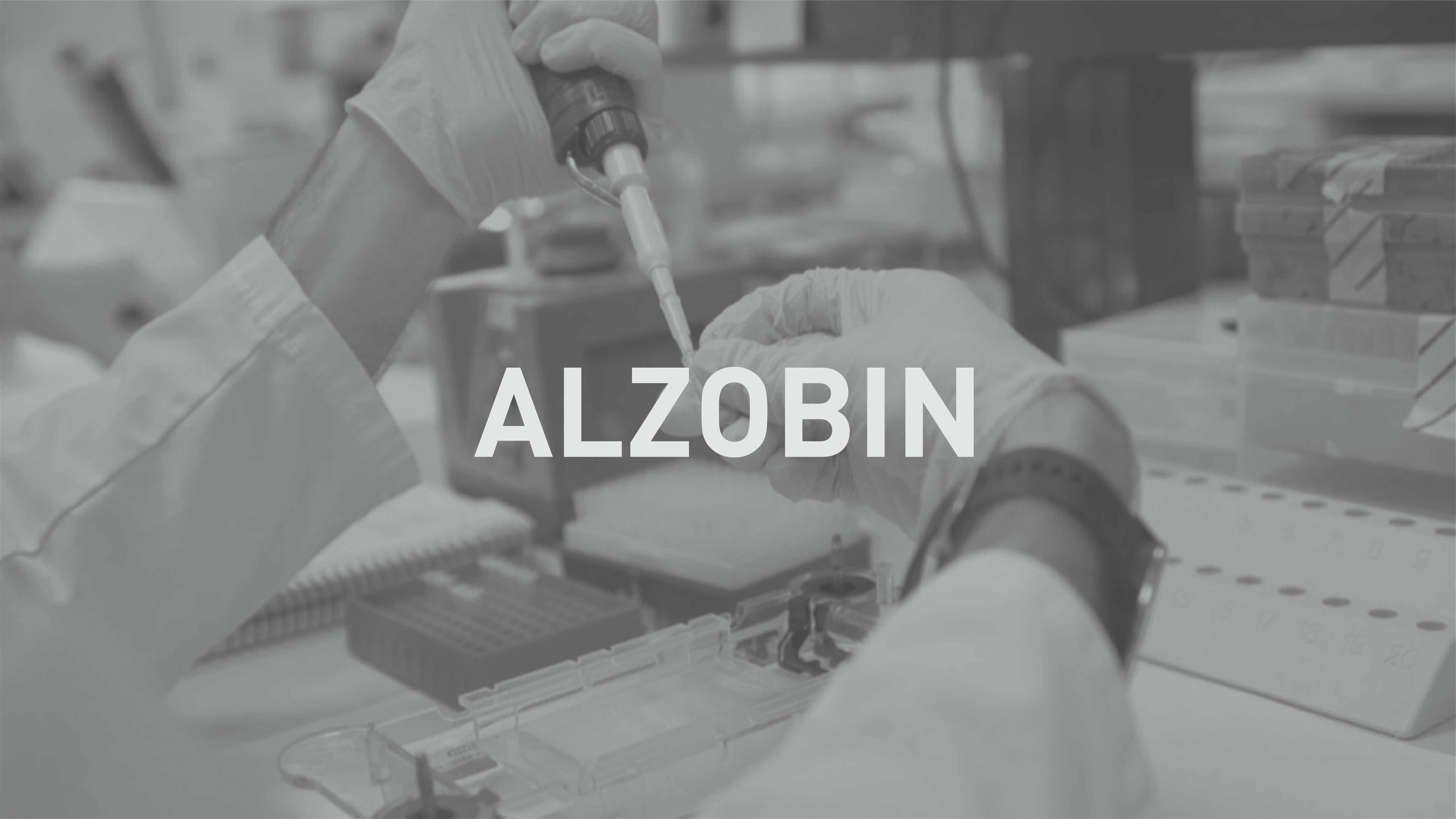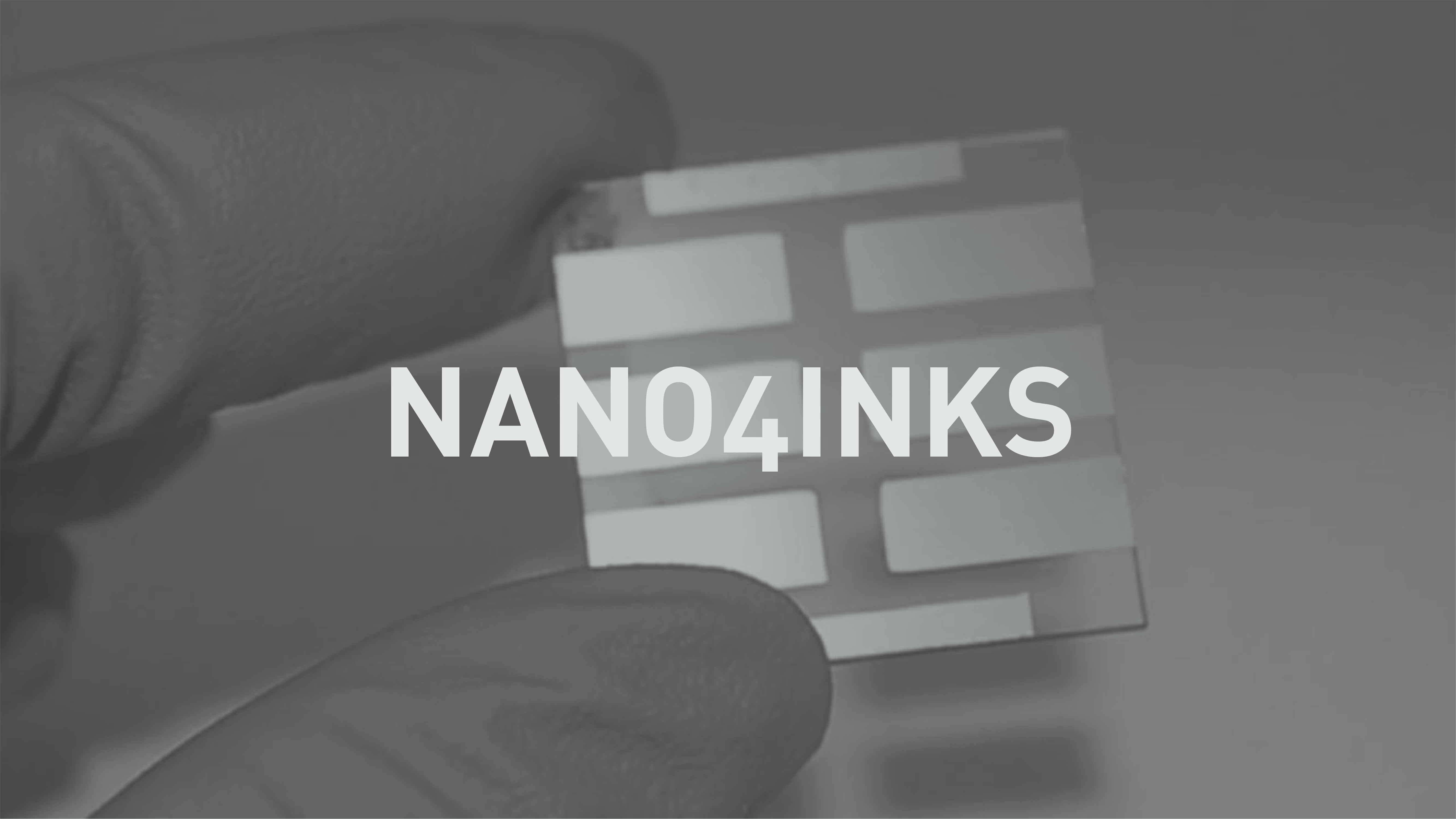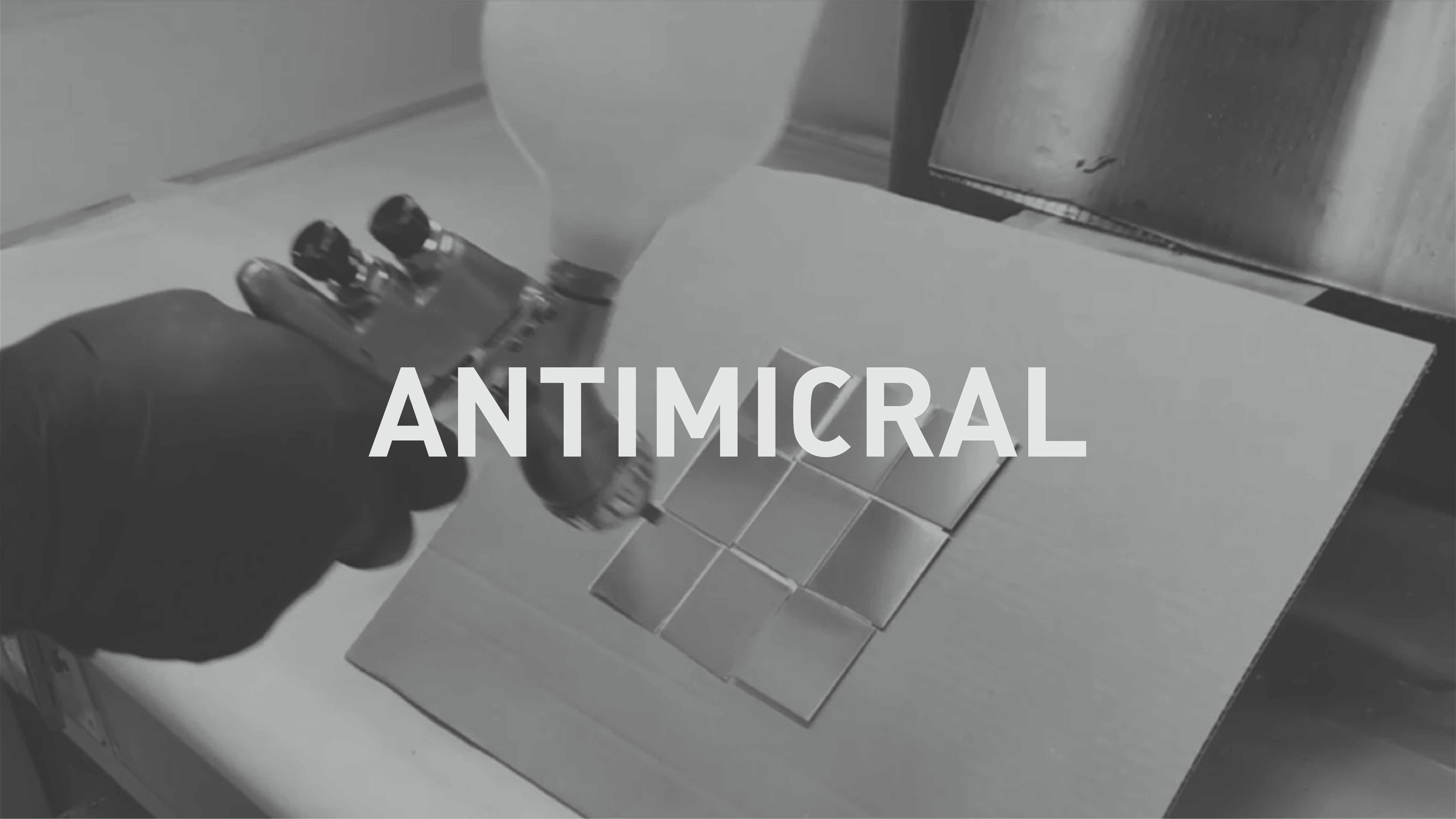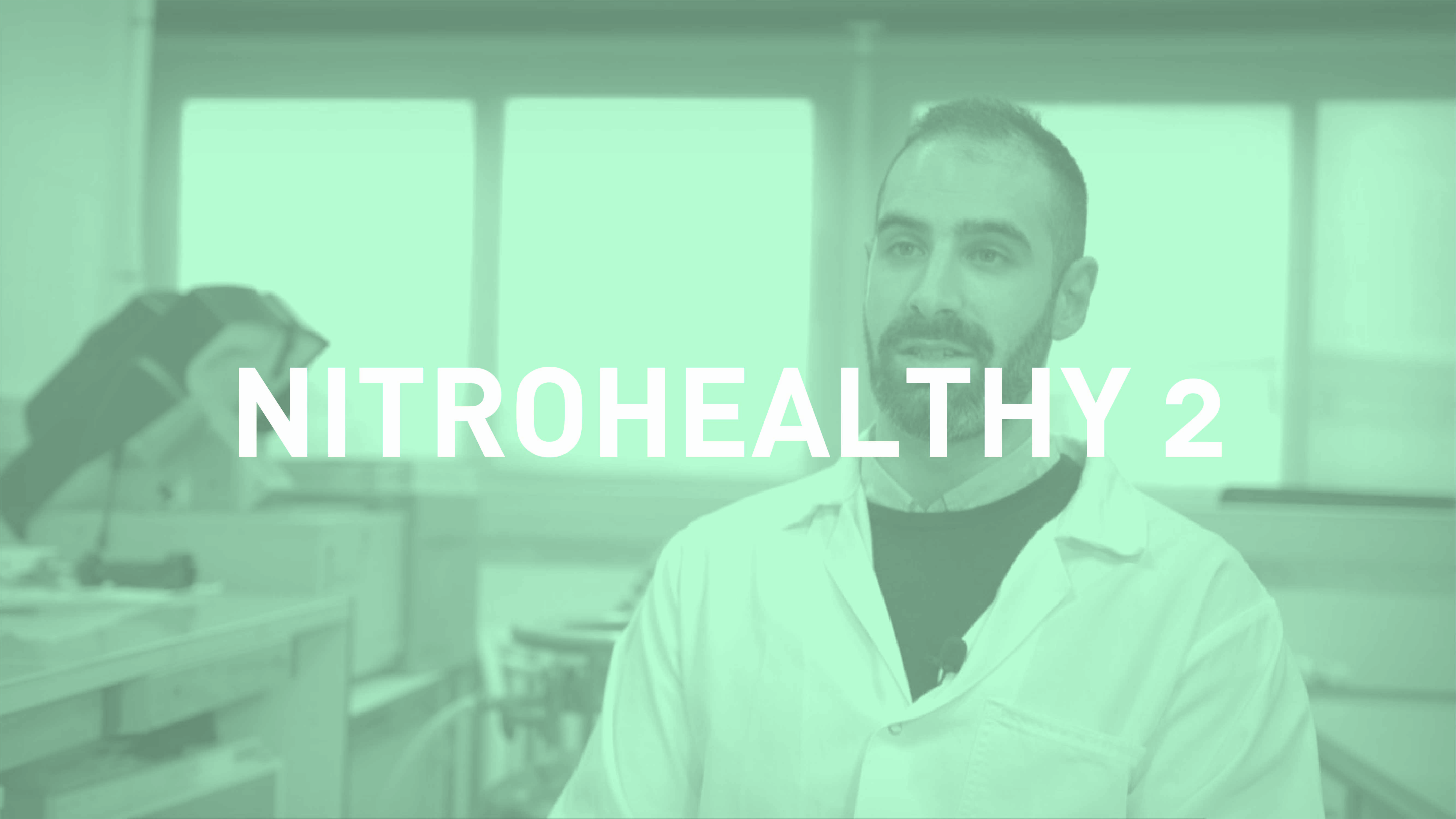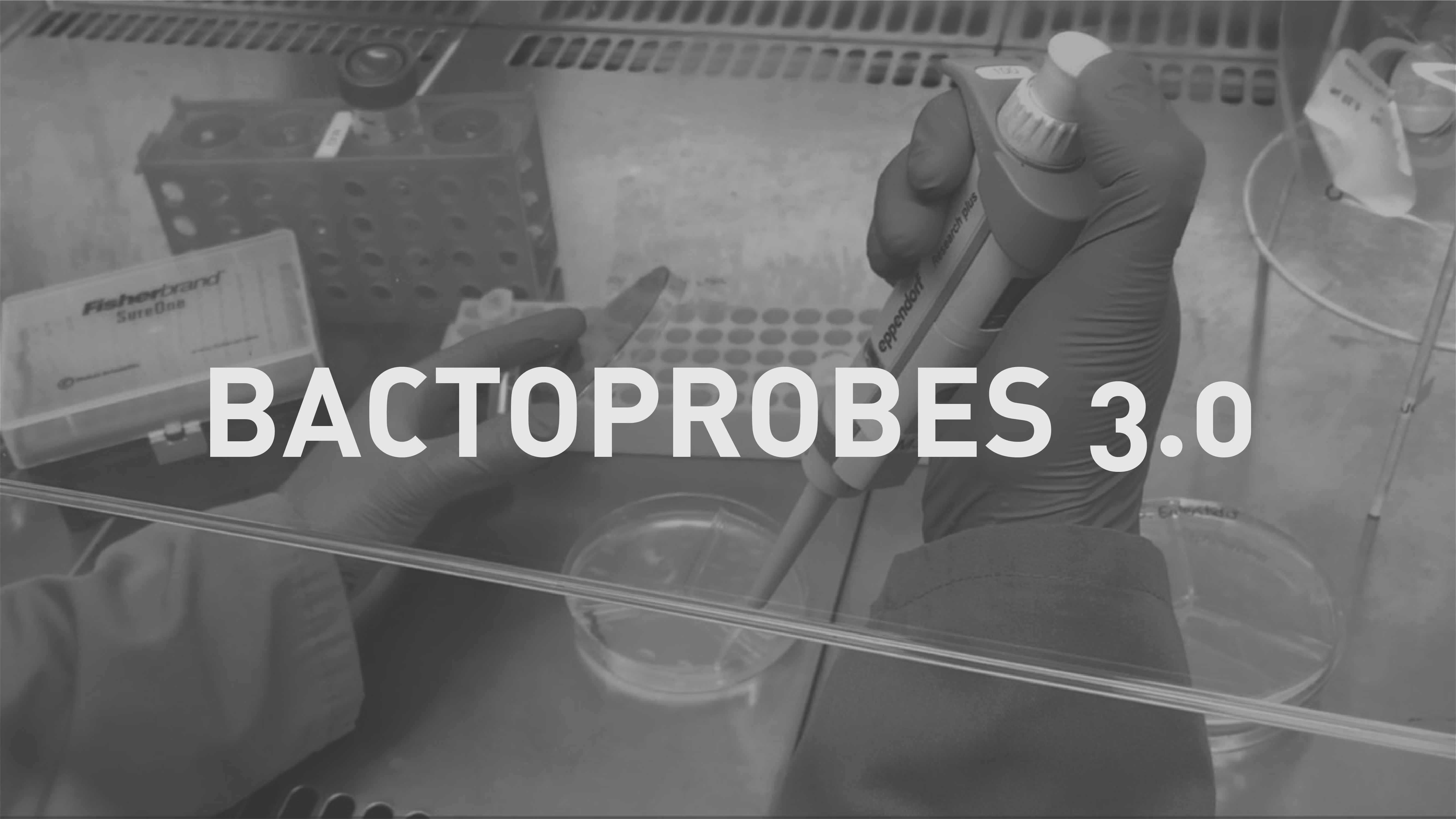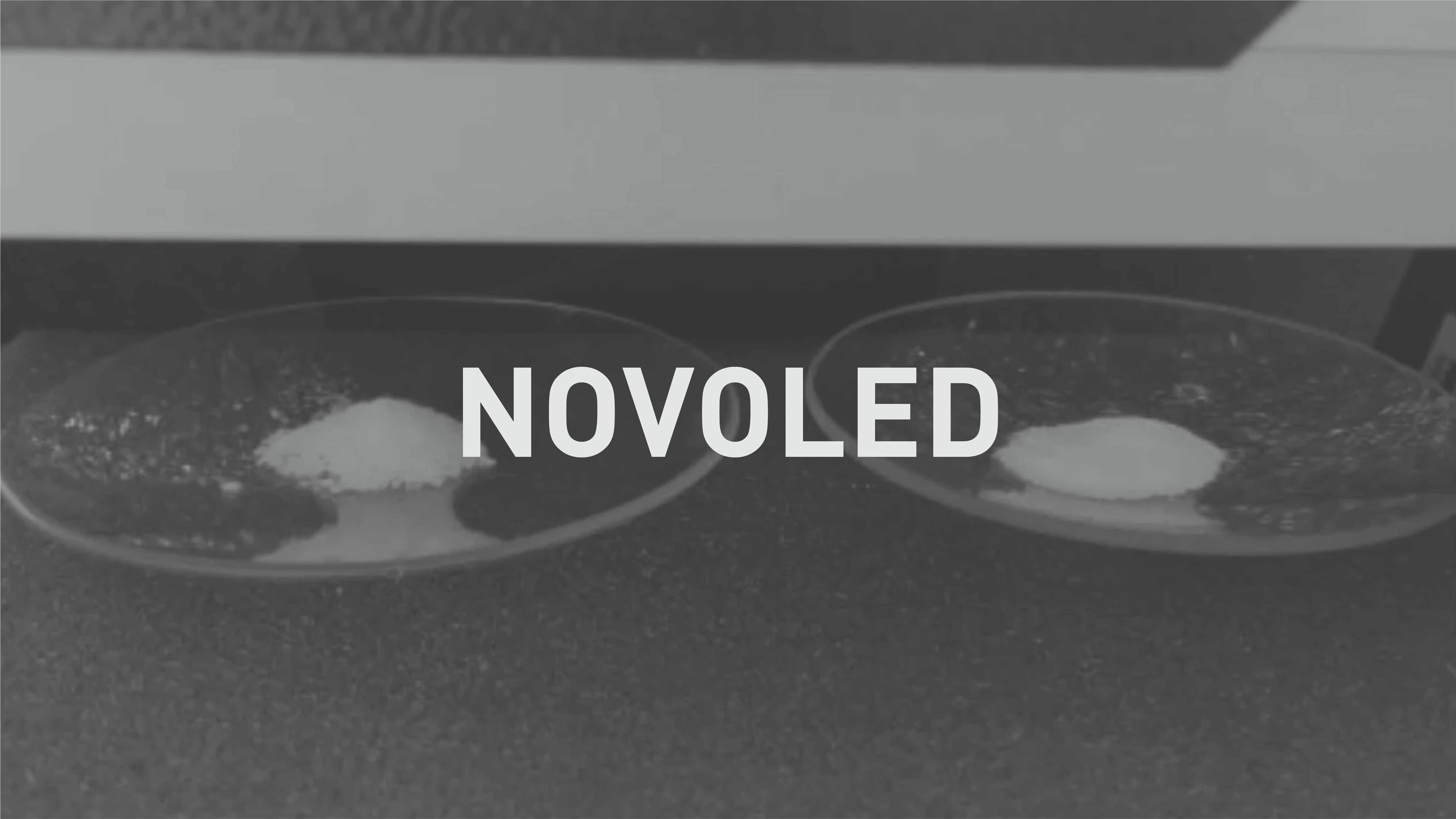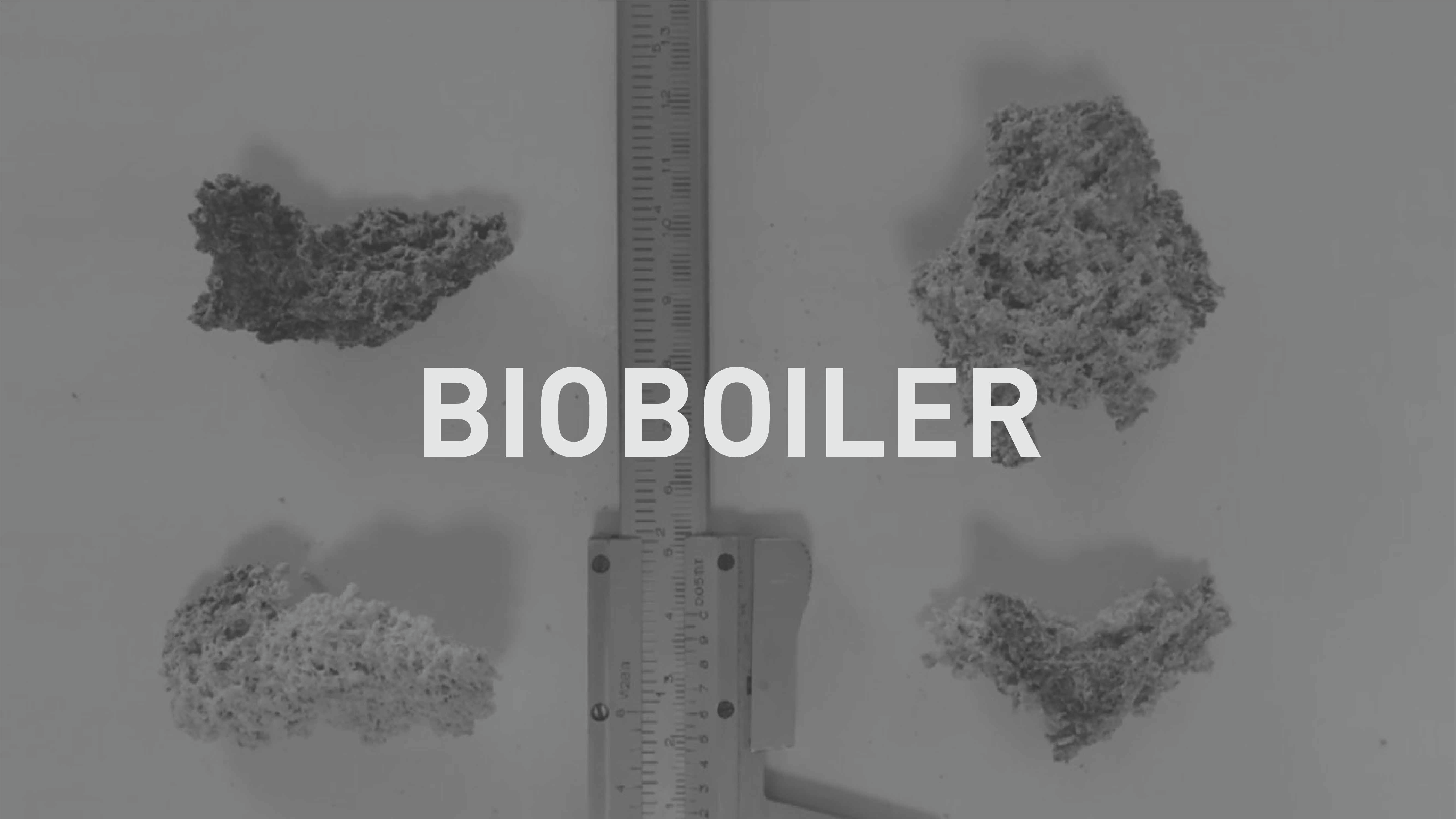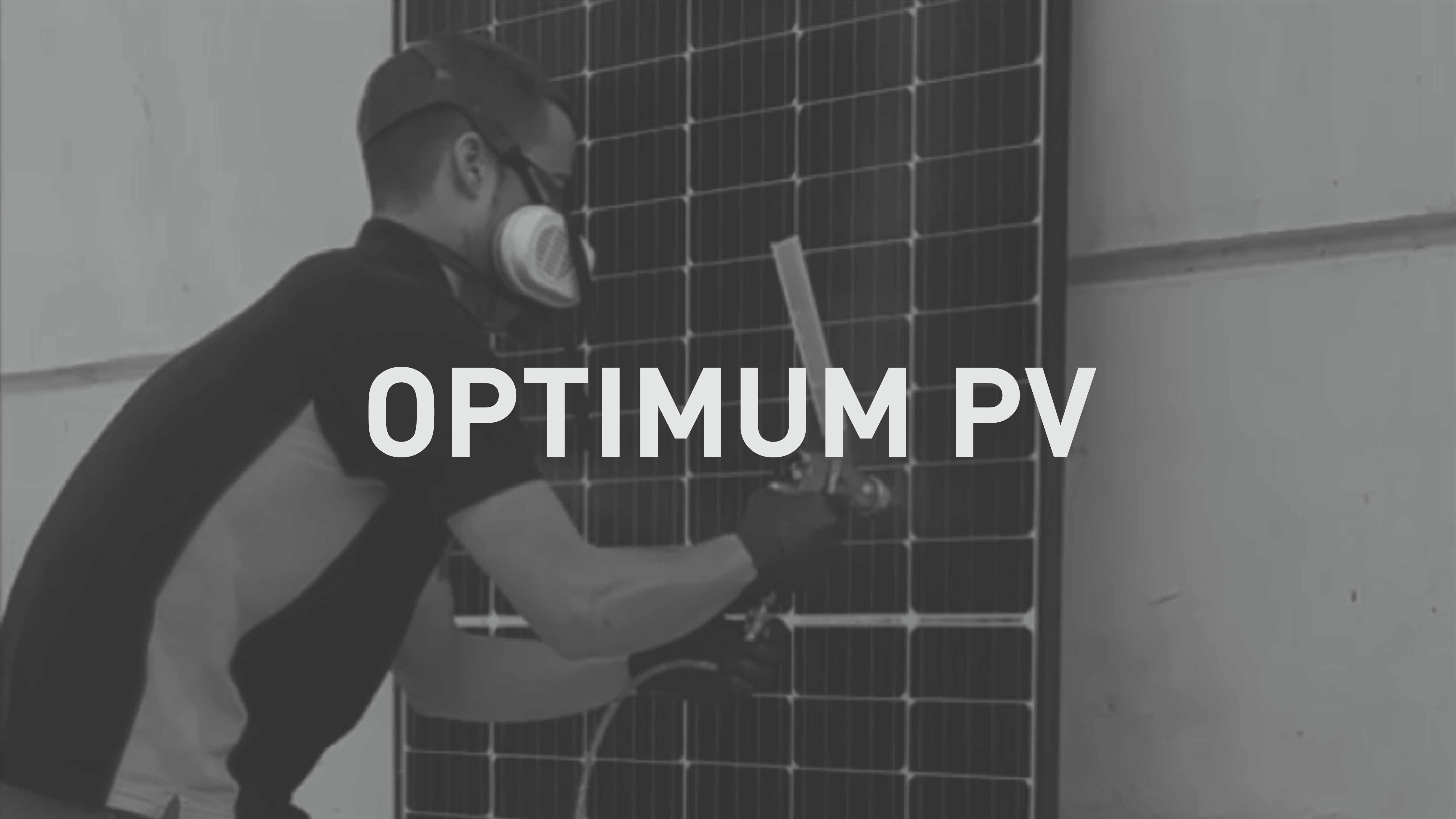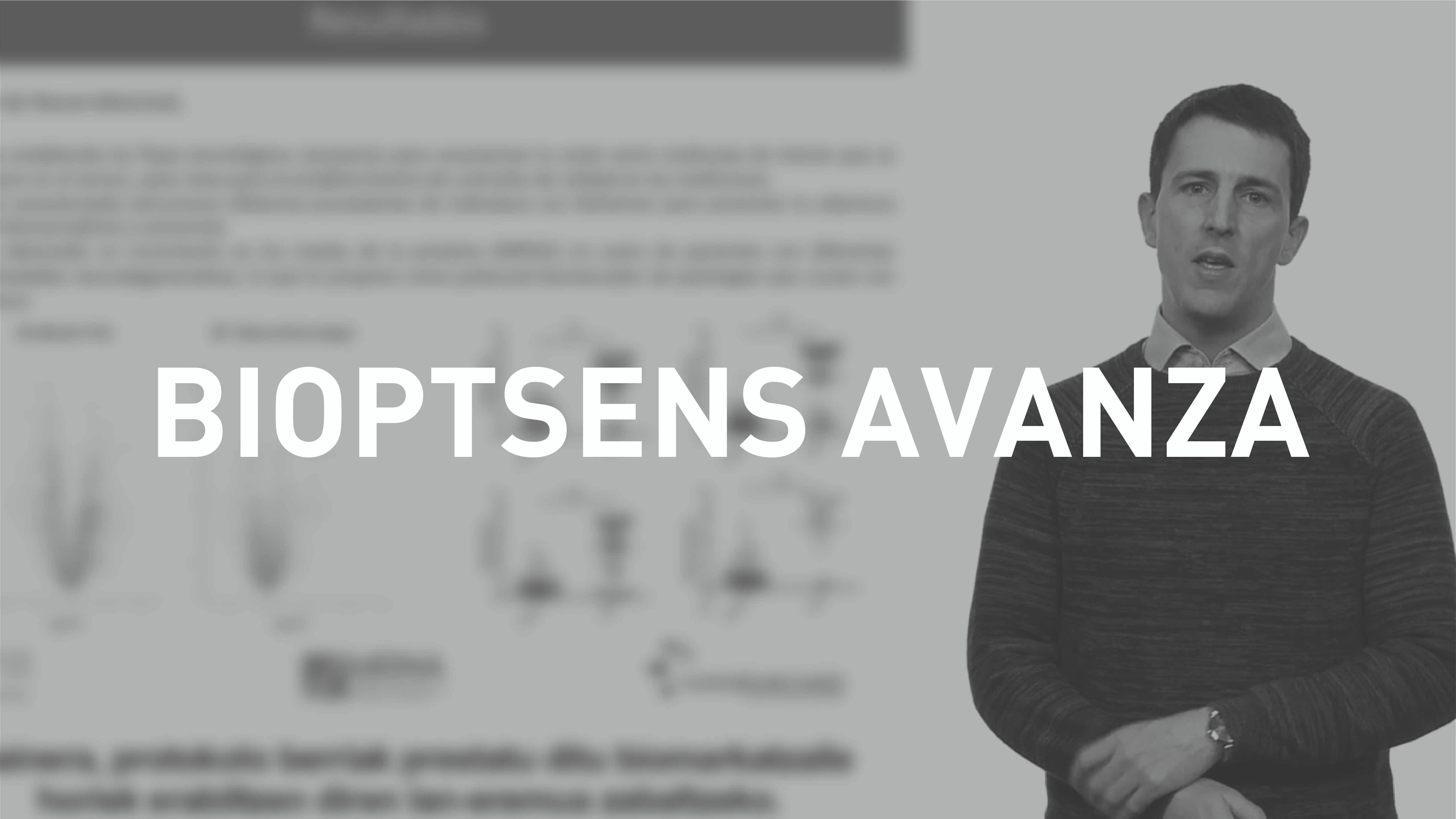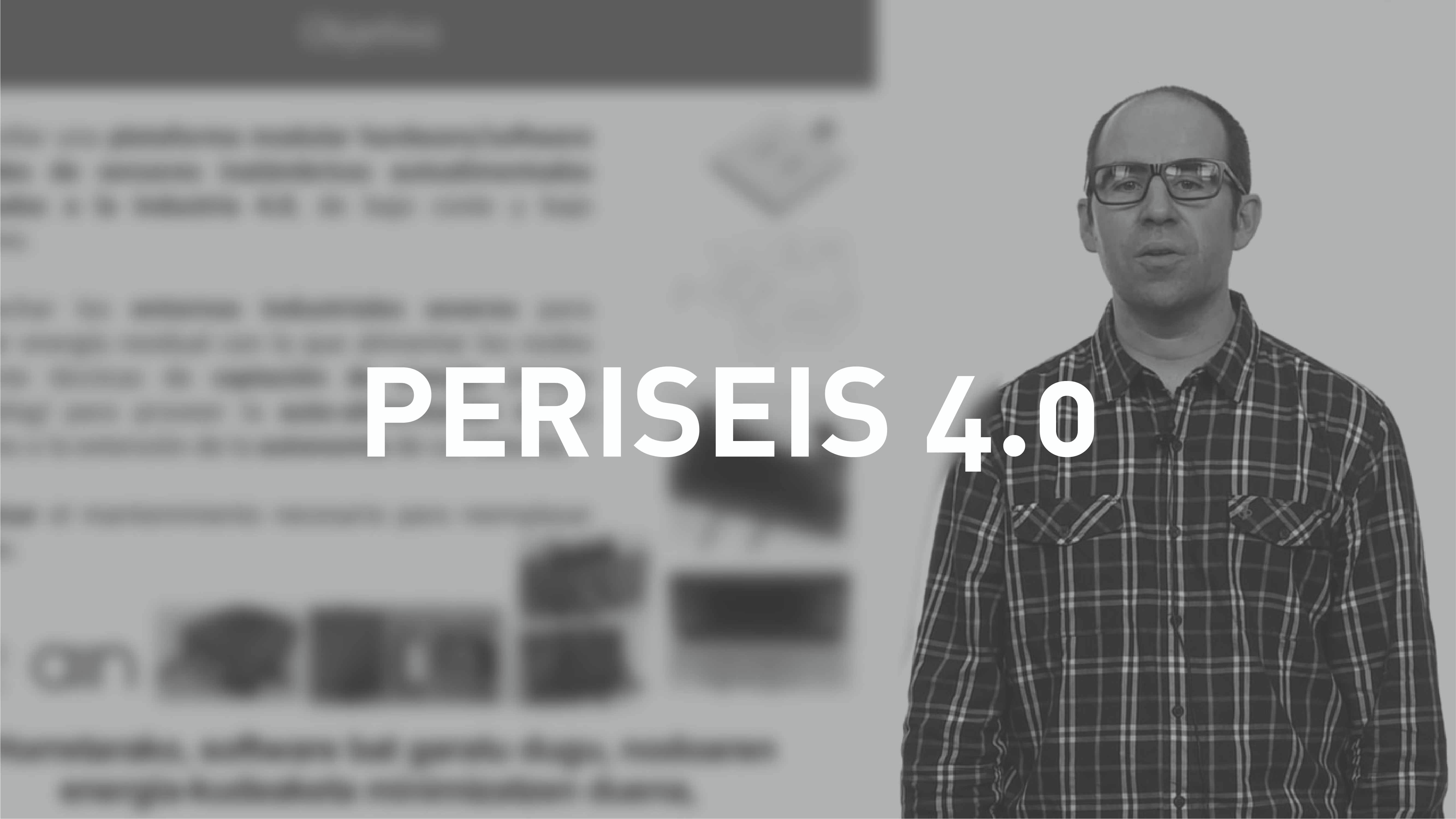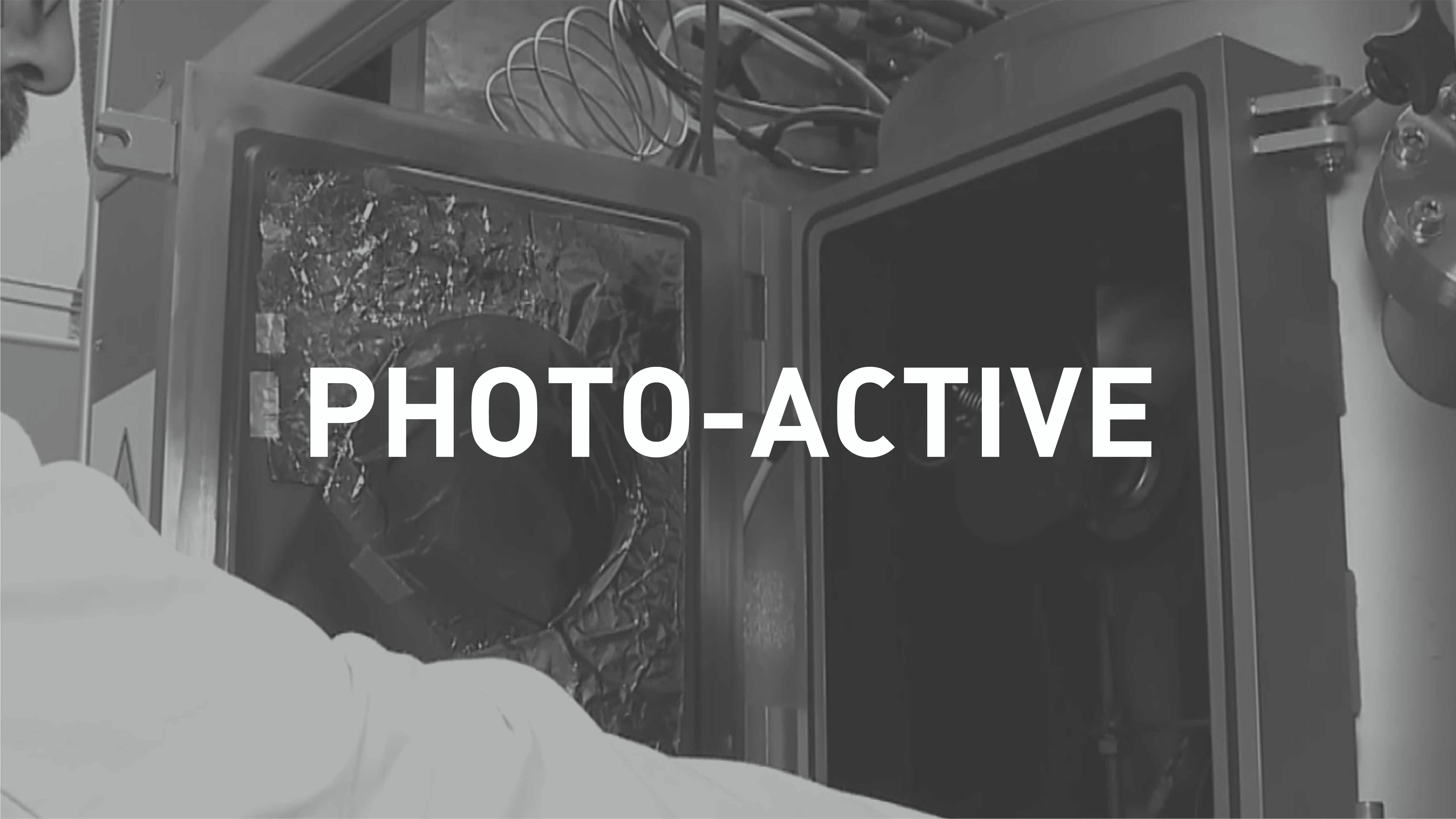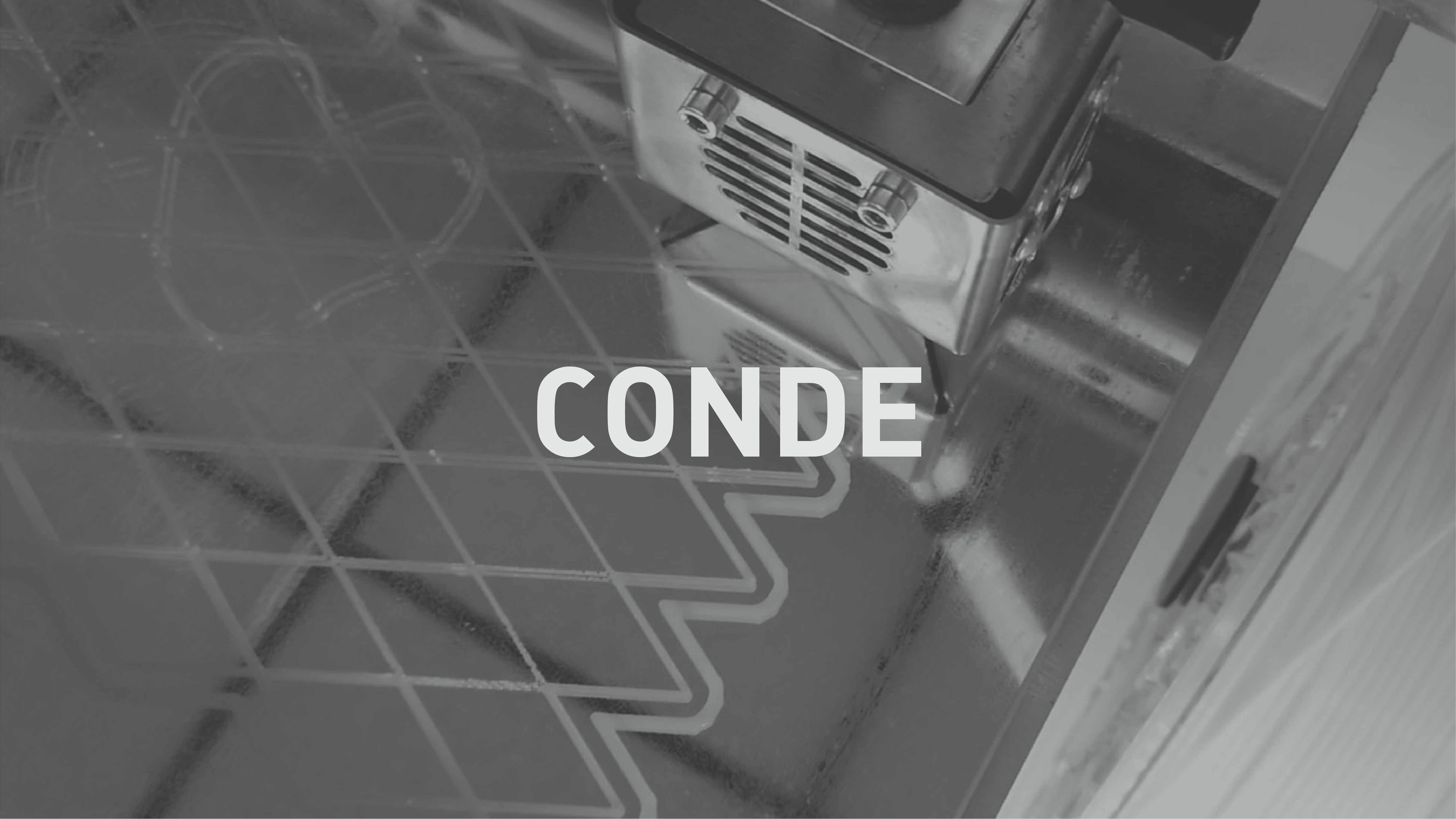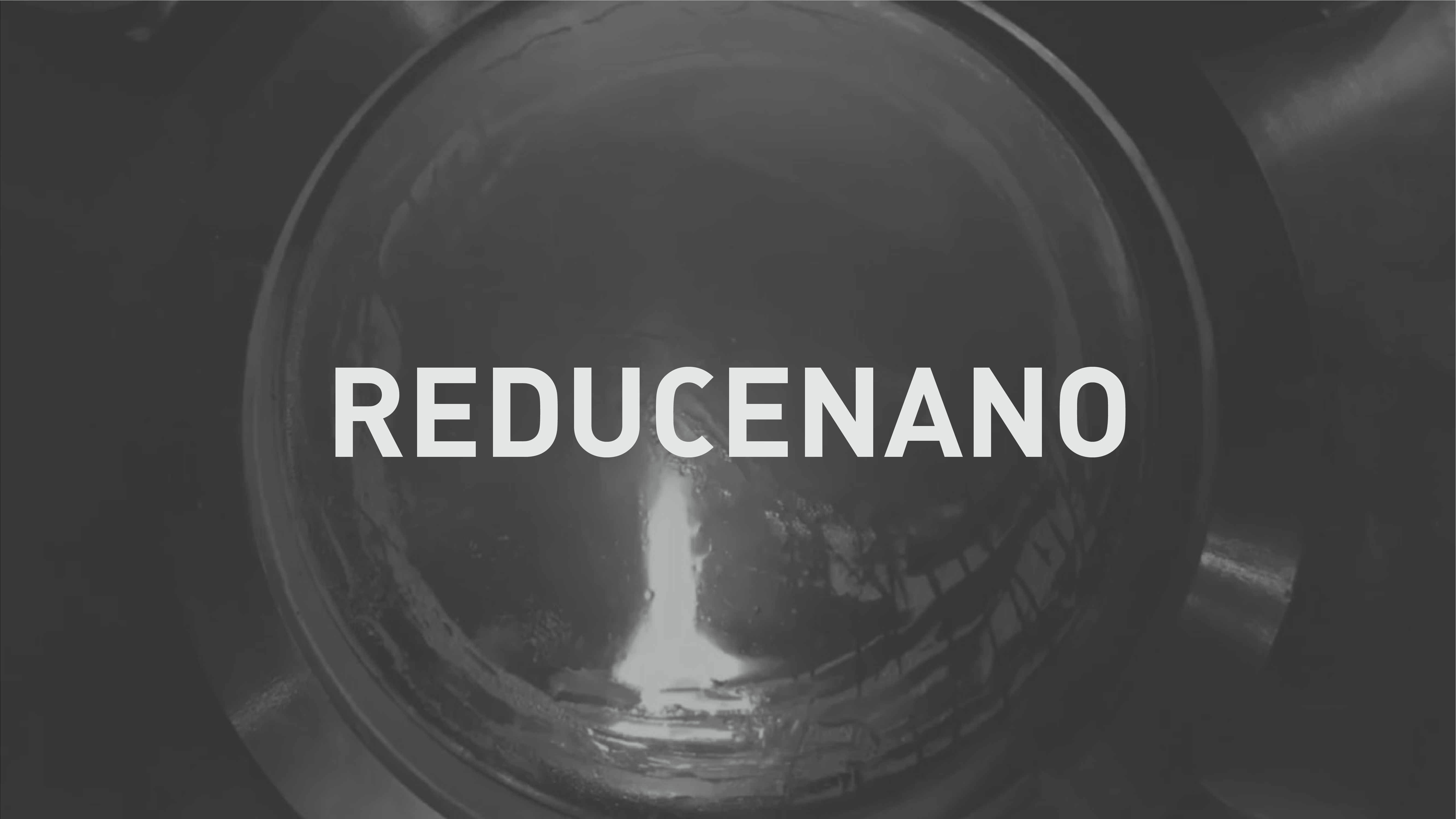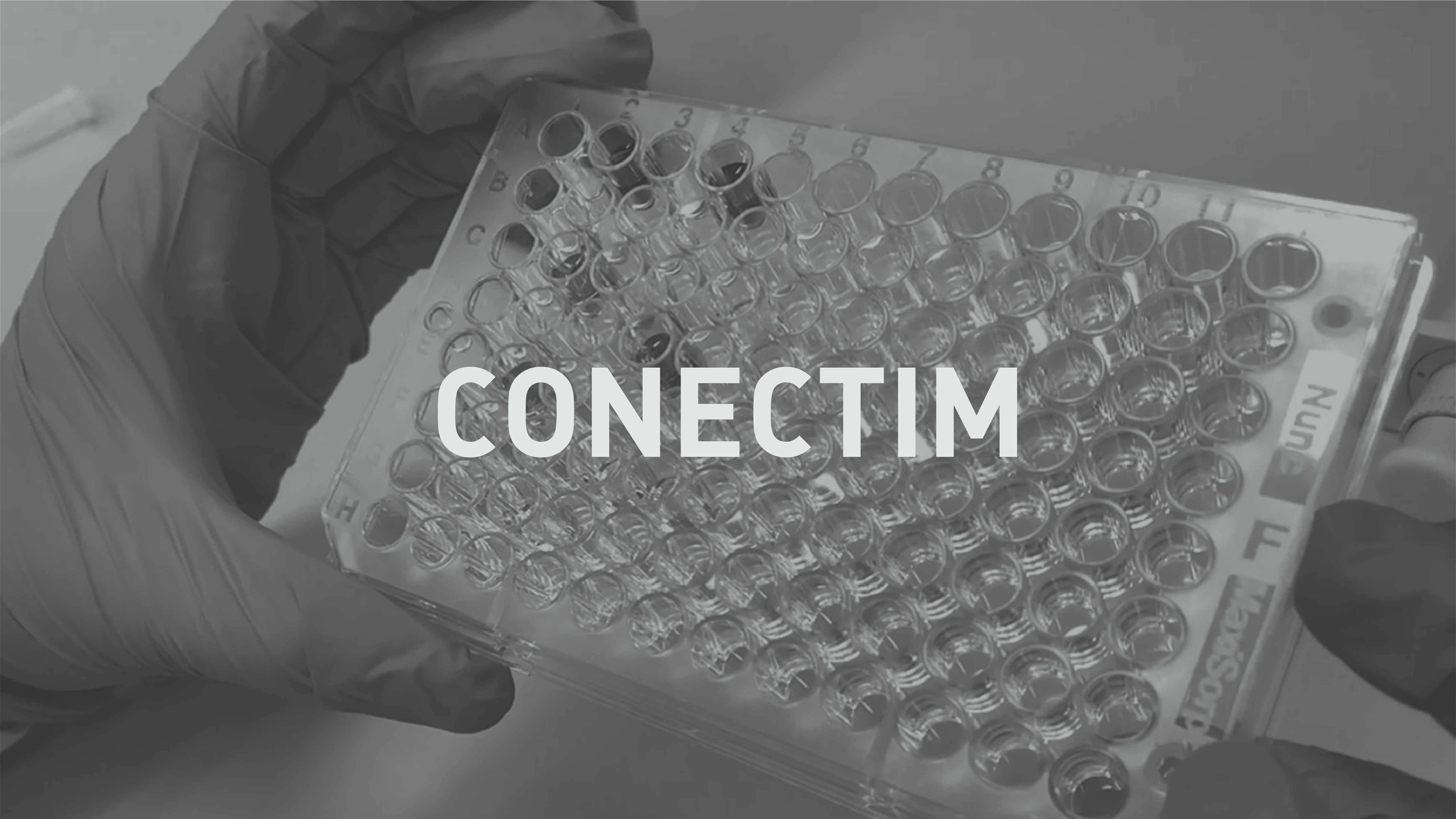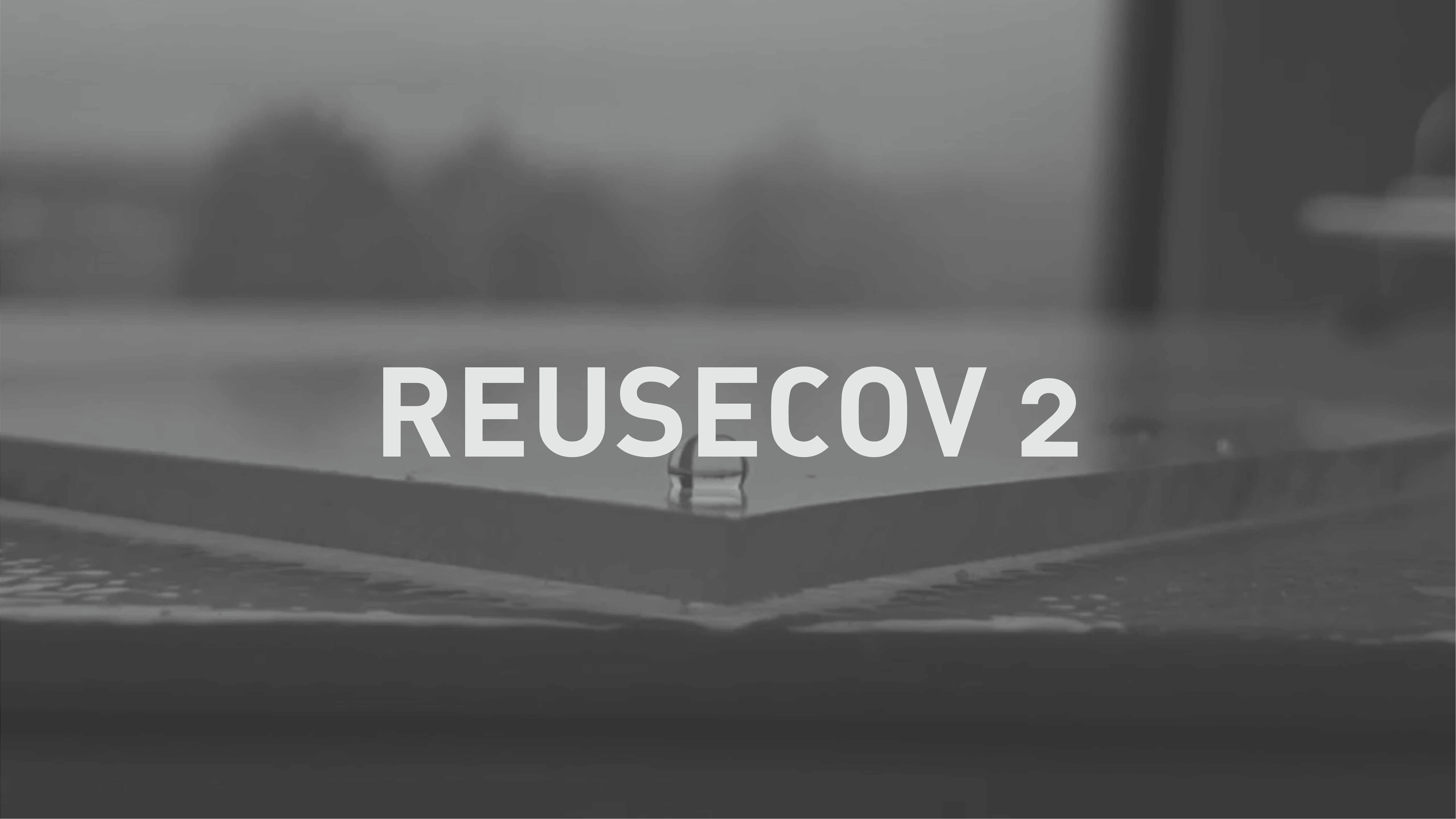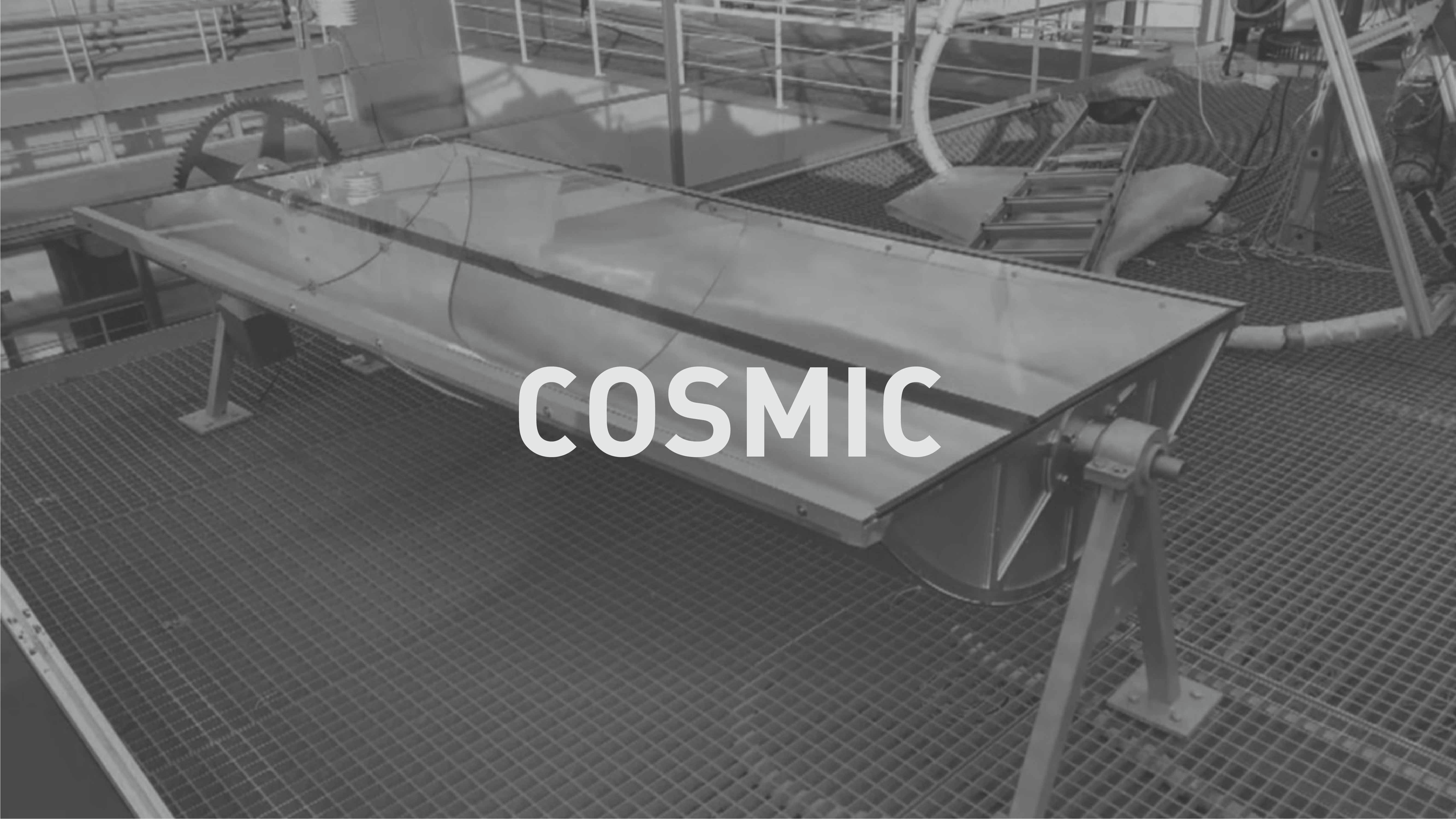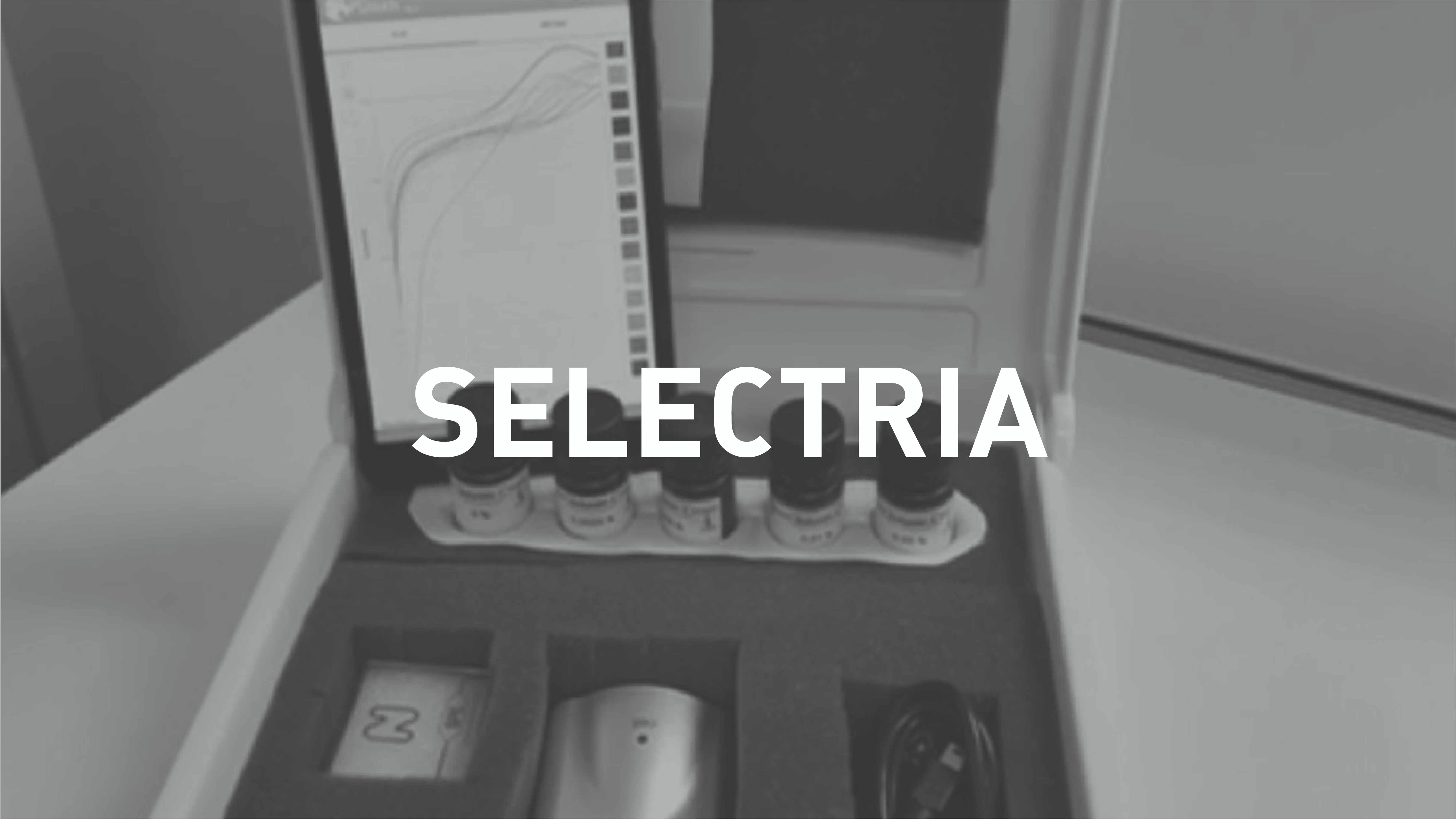The general goal of the project is to validate the valorization processes of the OFMSW to obtain various bioproducts and apply the concept of the circular economy. Consequently, the specific goals of the project include the following.
– Evaluate and select the processes and conditions for valorizing the OFMSW using concept tests
– Optimise the selected processes at a laboratory scale
– Do pilot trials in plants for validation and data gathering
– Define the flowchart of the urban biorefinery and mass balance
– Evaluate the technical-economic viability of an urban biorefinery or, otherwise, the processes selected and developed
The Navarre urban biorefinery project panned to valorize a kind of waste like OFMSW using several biochemical and physiochemical routes to obtain products with an added value, like bioplastics and specifically PHA and succinic acid as a precursor, biofuels like biodiesel, amino acids and fertilizers, and agricultural soil conditioners. Each fractioning and bioconversion process studied more deeply in the first year of the project thanks to the prospecting study and the evolution of the project as a consequence of the results obtained with the concept tests done in the second year is described below.
– For producing bioplastics an enzymatic hydrolysis (biocatalyst) process is used that creates a current of soluble sugars that are used in processes of fermentation and conversion of a monomer used in industry for producing bioplastics into PHA and succinic acid.
– For producing biodiesel it was planned use solvents to extract the fatty acids of the OFMSW that would subsequently undergo a transesterification process to be converted into biofuel. Likewise, the lipid content of the share will be analysed to determine potential biosurfactant applications.
– Using proteases, which are highly specific biocatalysts, and convert large molecules into smaller ones that can be used in industry as bioactive peptides, antimicrobials or to make biostimulants or biofertilisers was planned for protein extraction.
– For producing fertiliser or soil conditioning materials, an exhaustive analysis will be done of the composition of the various currents created, especially the solid waste portion with surplus lignin, and its potential use as a fertiliser or agricultural soil conditioner will be analysed.
Insofar as the results obtained while executing the project, this report is for the second year. In 2018, the tasks were done for the prospecting study for obtaining bioproducts from the shares made up of OFMSW, compositional characterisation of different samples to evaluate their variability and the selection was made of microorganisms for using the fermentable sugars that can be obtained from the enzymatic hydroliszation of the carbohydrate share of the material. The waste collection services of the federated comarque of Pamplona provided the OFMSW samples obtained after manual separation of the waste in the fifth bin.
In 2019 the concept tests were done for obtaining bioproducts and the optimisation and process scaling tasks were started, whose primary results are described below.
– The OFMSW conditioning and fractioning processes were defined. The processes include the hygienisation phases that must be done to the material at laboratory scale, as well as the selection and combination of various enzyme activities for doing hydrolisis of the carbohydrate portion of the OFMSW in an efficient way. Along those lines, hydrolysis performance around 90-95% with glucose concentrations from 60 to 70 g/L were obtained.
– The hydrolised OFMSW products obtained have been used for developing the fermentation processes for obtaining PHB and succinic acid with the strains selected using prior microorganism screening. The strains selected are cupriavidus necator for PHB production and actinobacillus succinogenes for succinic acid production. In general, the strains tolerate the hydrolised OFMSW when added as broth culture. And promising conversion and productivity results are being obtained at laboratory scale.
– Likewise, different kinds of proteases have been tested in order to hydrolise the protein portion of the OFMSW and obtain an amino acid rich portion. Until now, solubilization percentages of that portion up to 90% have been obtained in addition to rather complete amino acid profiles. Those portions have been characterised for an evaluation of their biostimulant effect in plants during the time remaining for the project.
– The recovery of the lipid portion using organic solvents and hydrolysis with lipases has been studied. Those trials show complex lipid profiles due to OFMSW being waste, but there is a high FAMEs content that can be recovered for use in biofuels.
– Several sequential hydrolysis trials have been done for the various OFMSW portions to obtain an insoluble residue upon which various tests have been done to try to characterise the lignin. Those trials have given us preliminary information about the potential integration of the processes developed up to now. And they have shown that the residual lignin in the OFMSW was not worth recovering. Consequently, the fertilising or soil conditioning effect in kinds of soil found in Navarre is being evaluated using the solid waste portion of the processes that contain it alongside the inorganic waste.
Subsequently, the project is being executed on schedule all around and the results obtained up to now are allowing us to make progress in the design and configuration of the cascade biorefinery. Along those lines, it has been decided to handle every OFMSW portion sequentially and study its potential for separation so the way it may be included in a technologically and economically viable process can be examined. Furthermore, the OFMSW valorization study done in this period has laid the groundwork for progress in the optimisation and process scaling work. Until now, the relationship between the project partners has been fruitful and beneficial. The collaboration of the federated comarque of Pamplona as an OFMSW sample supplier that made it possible to successfully carry out the project should be highlighted.




